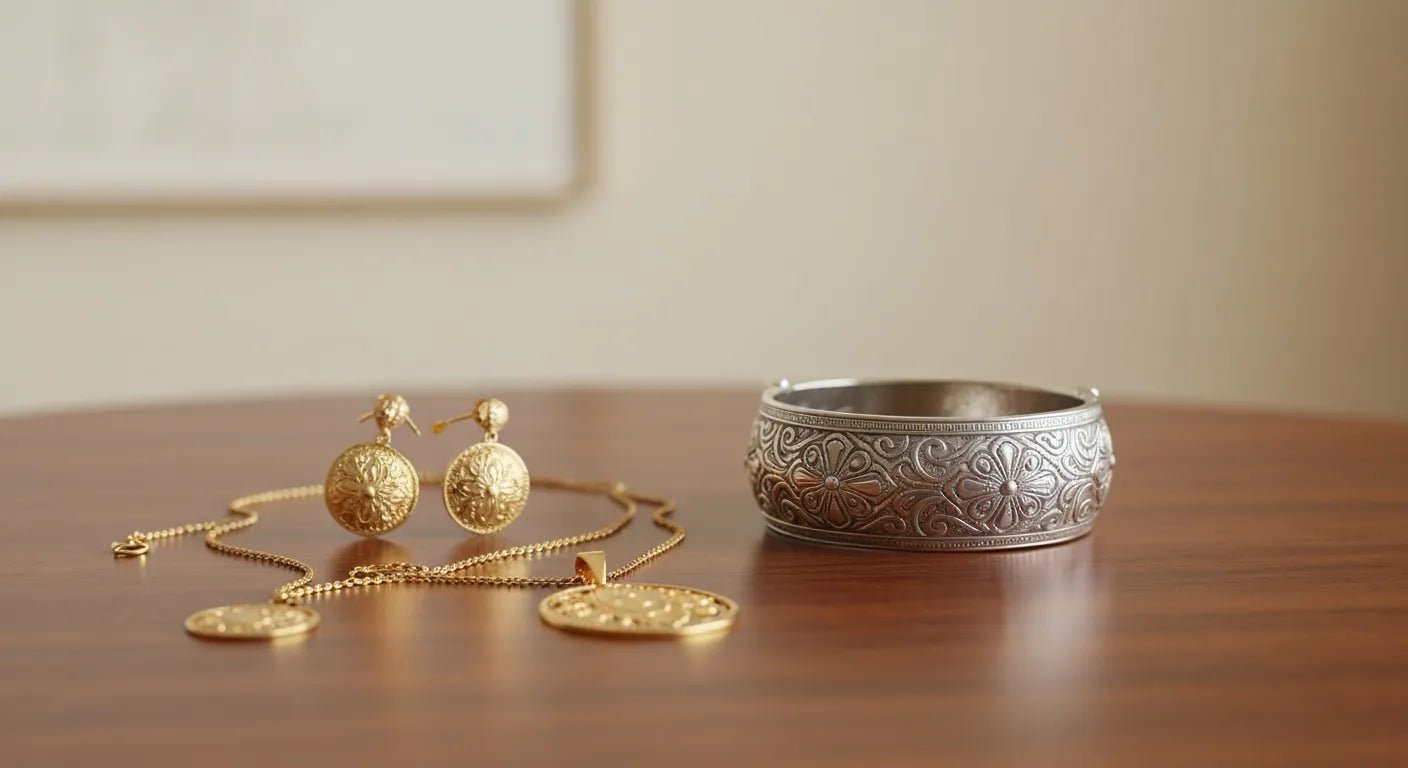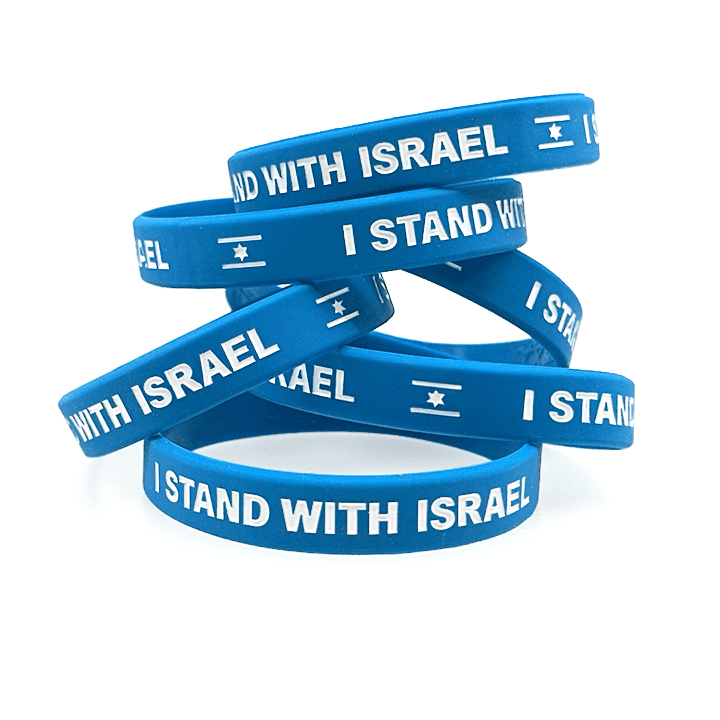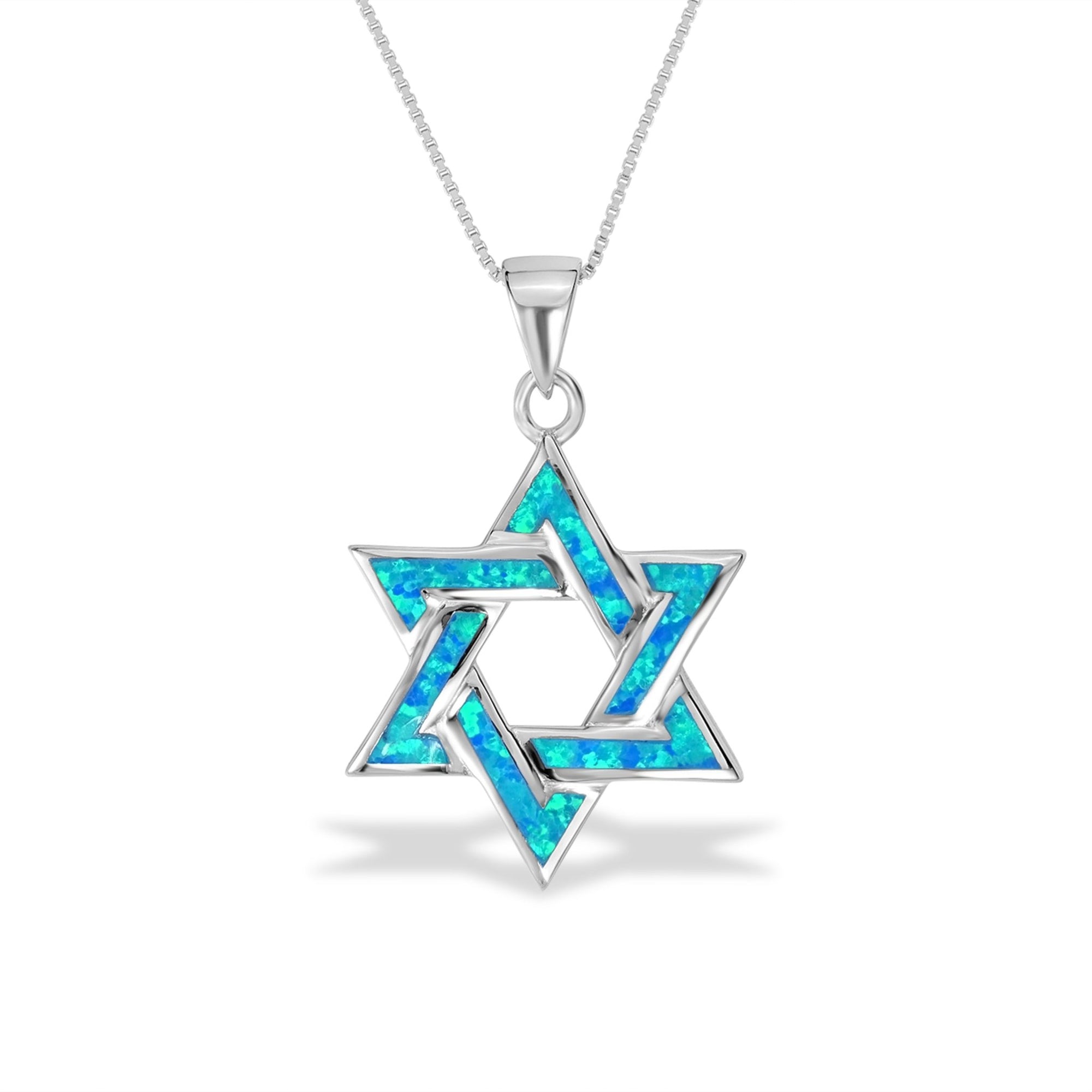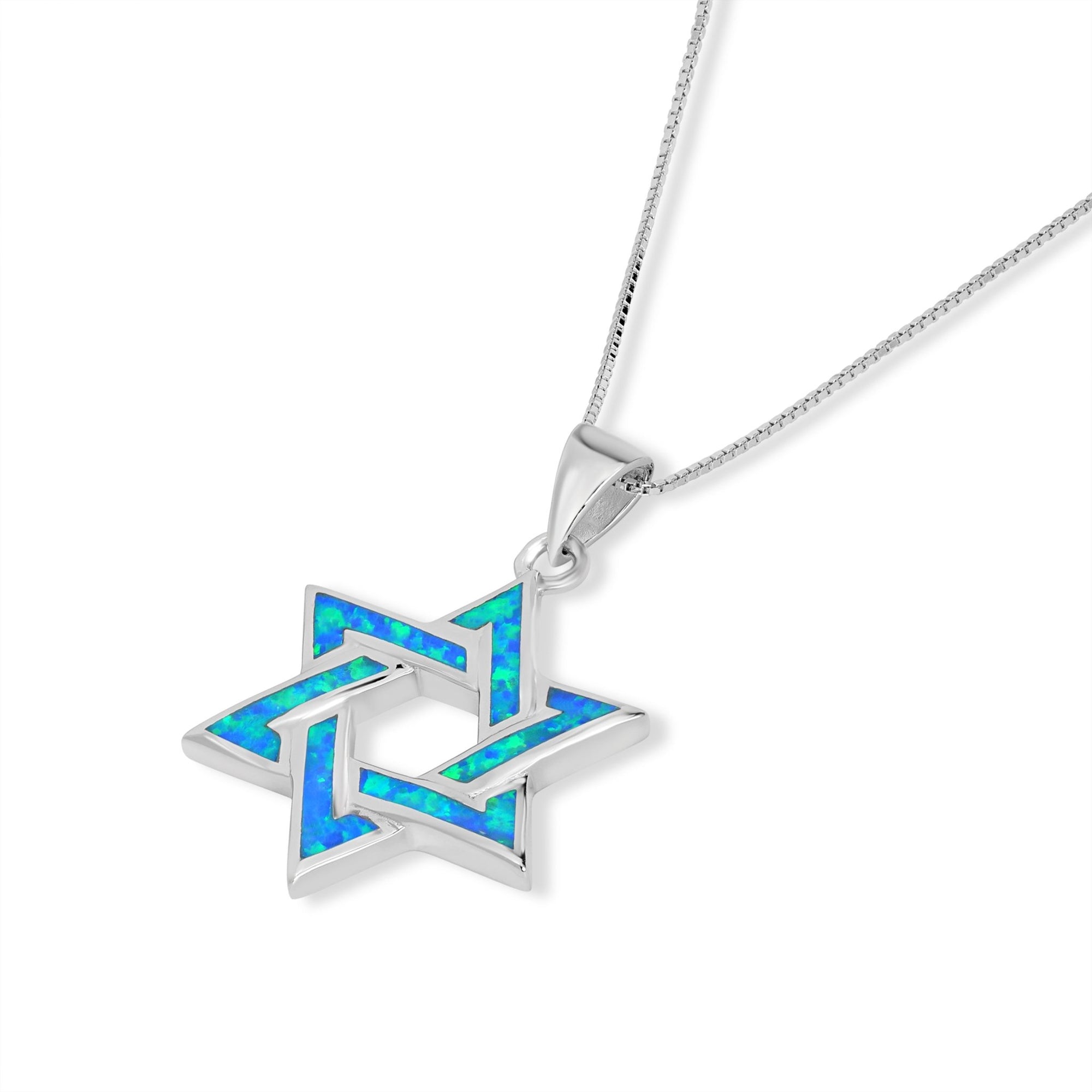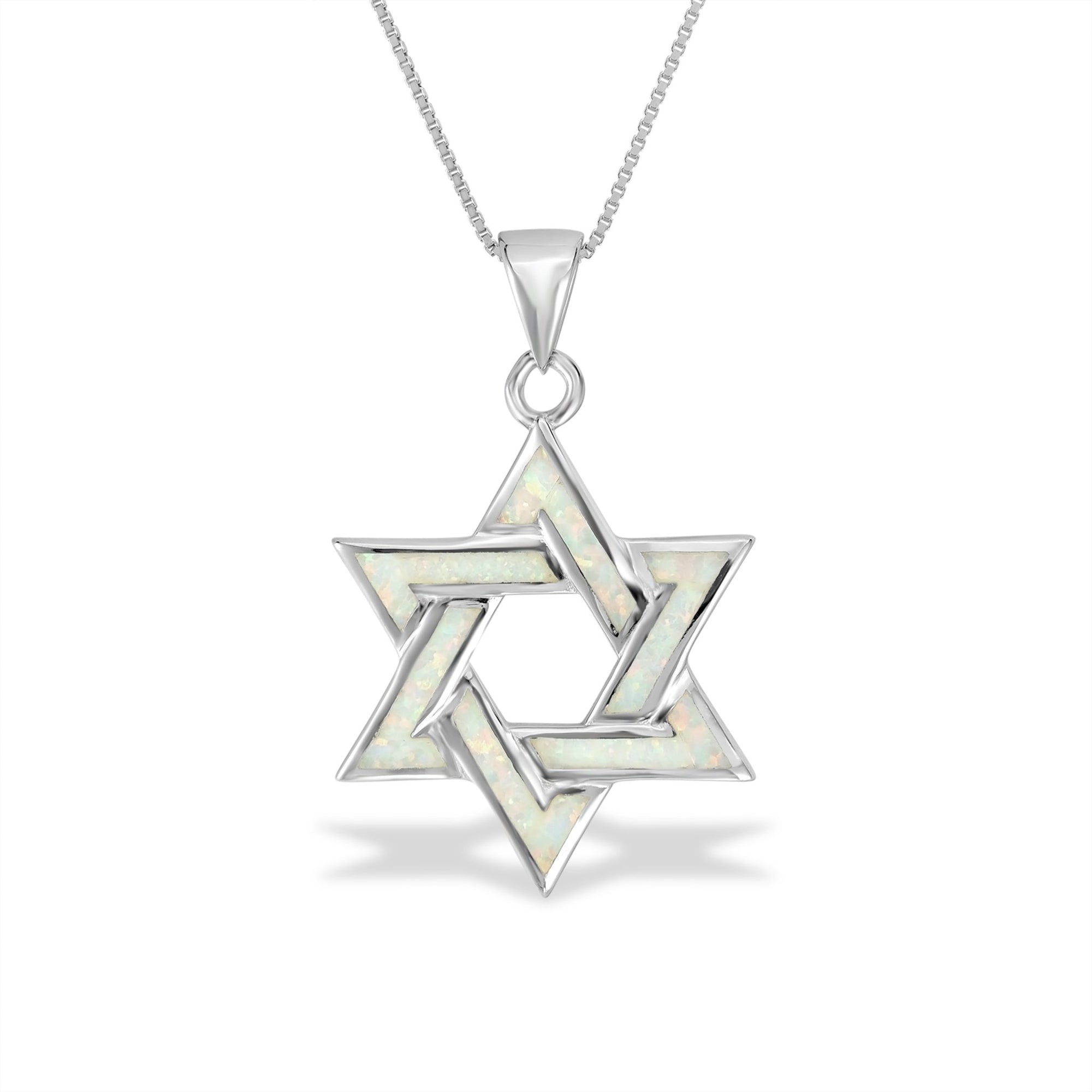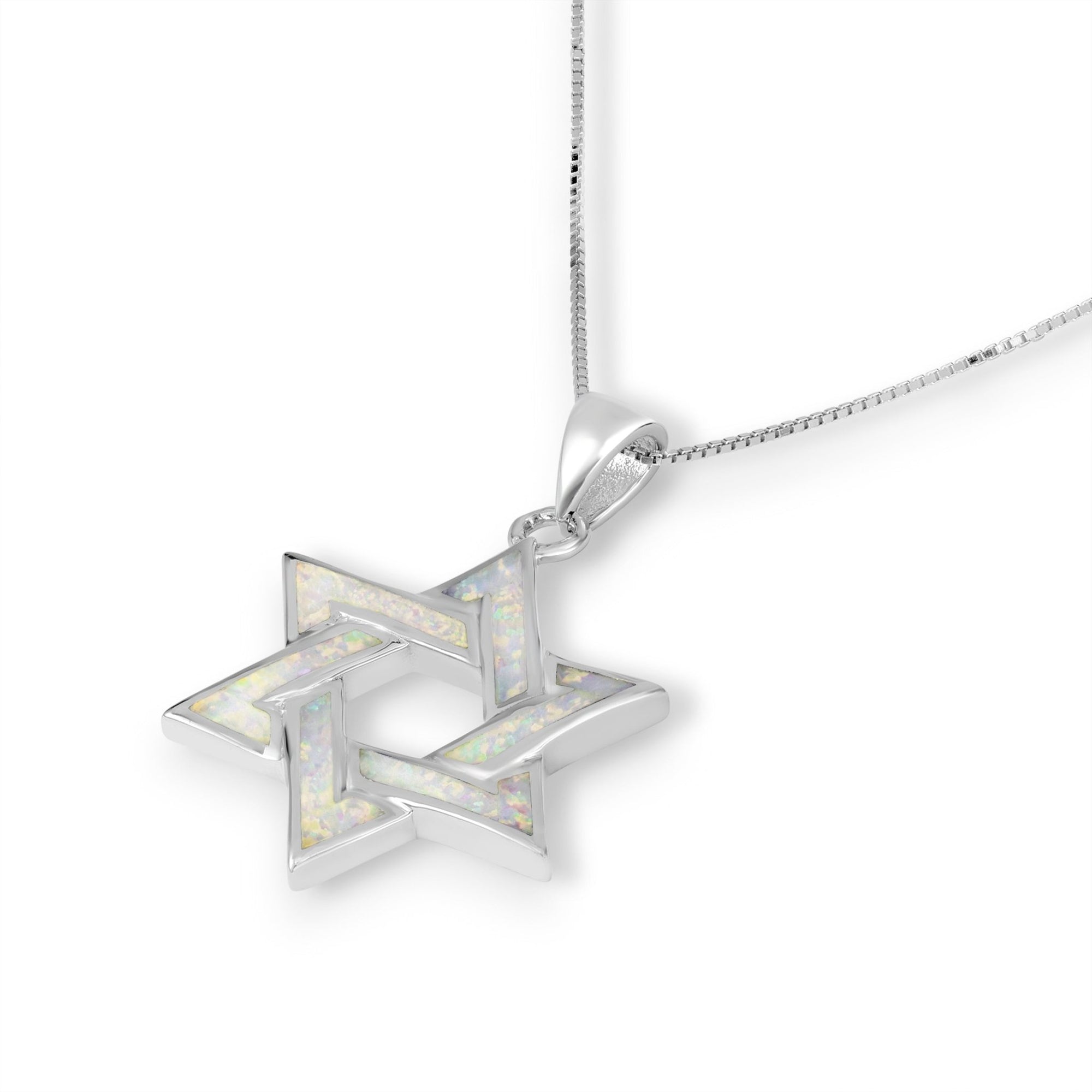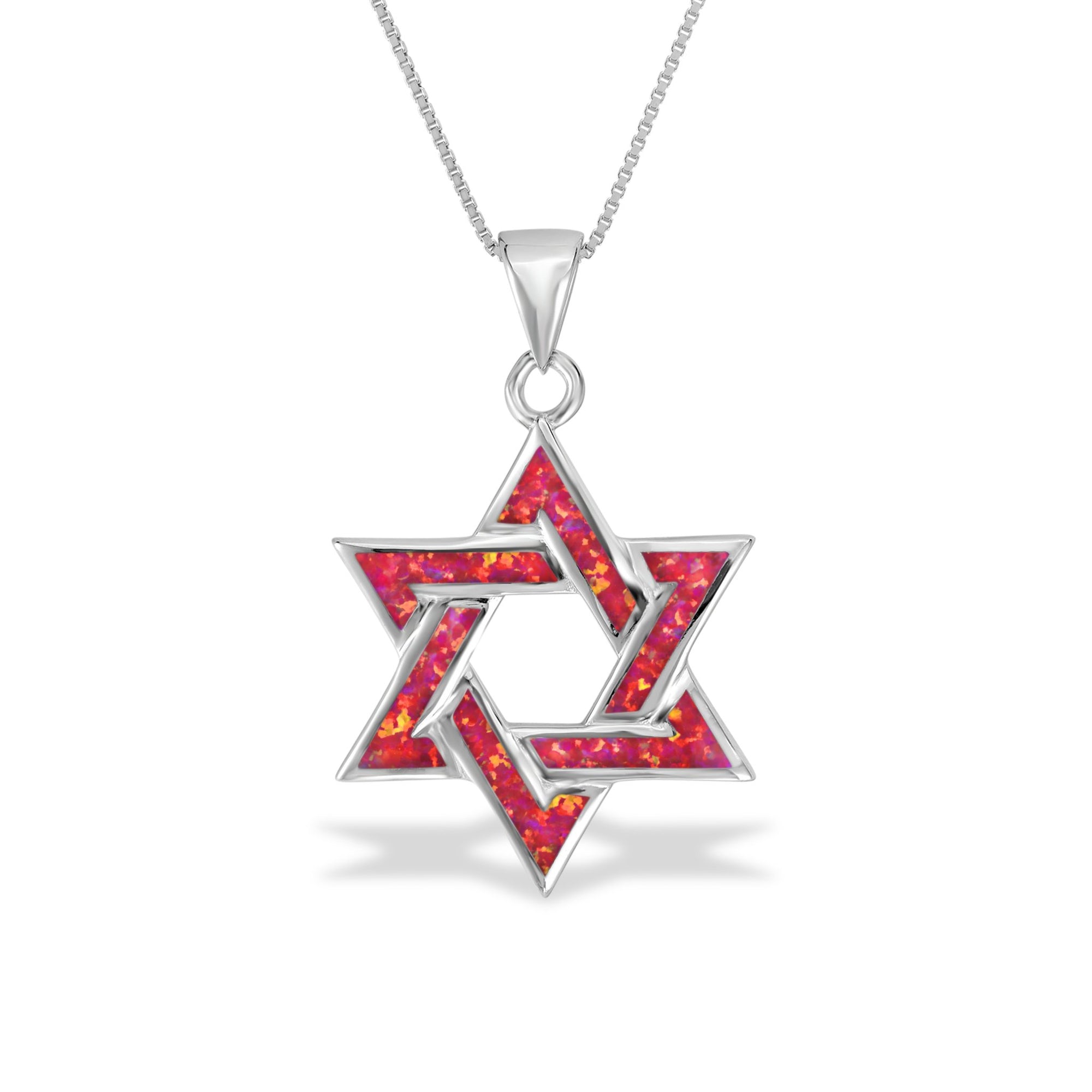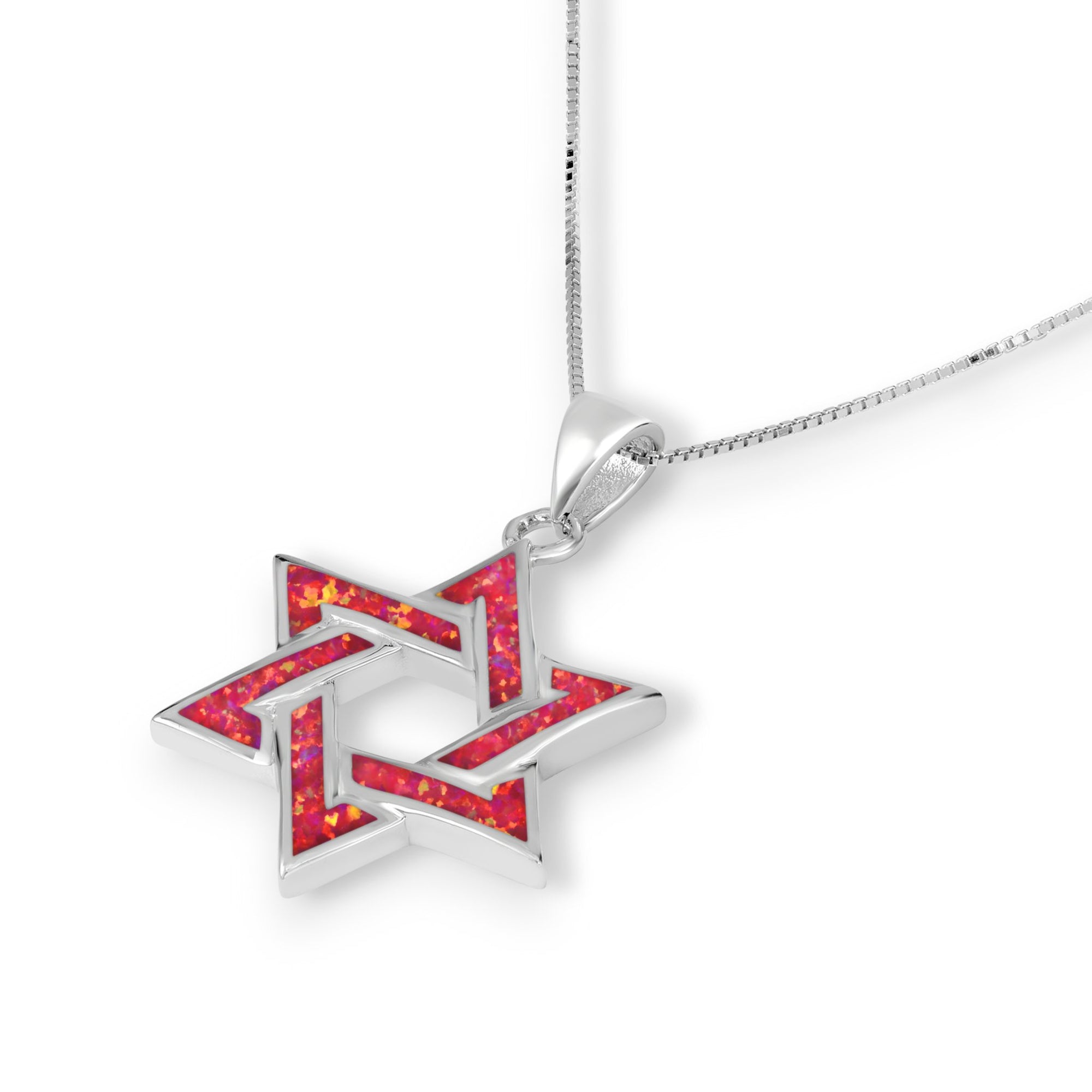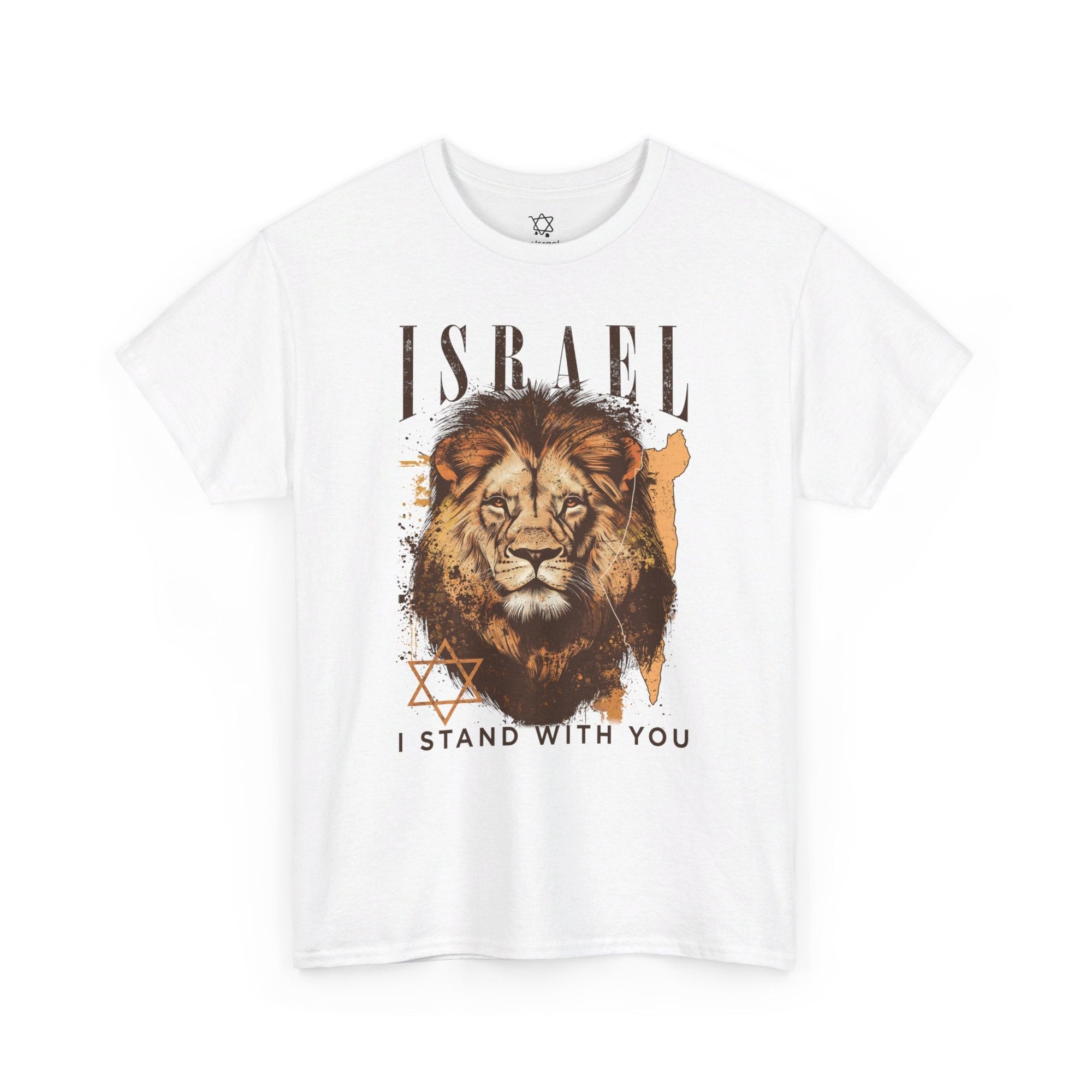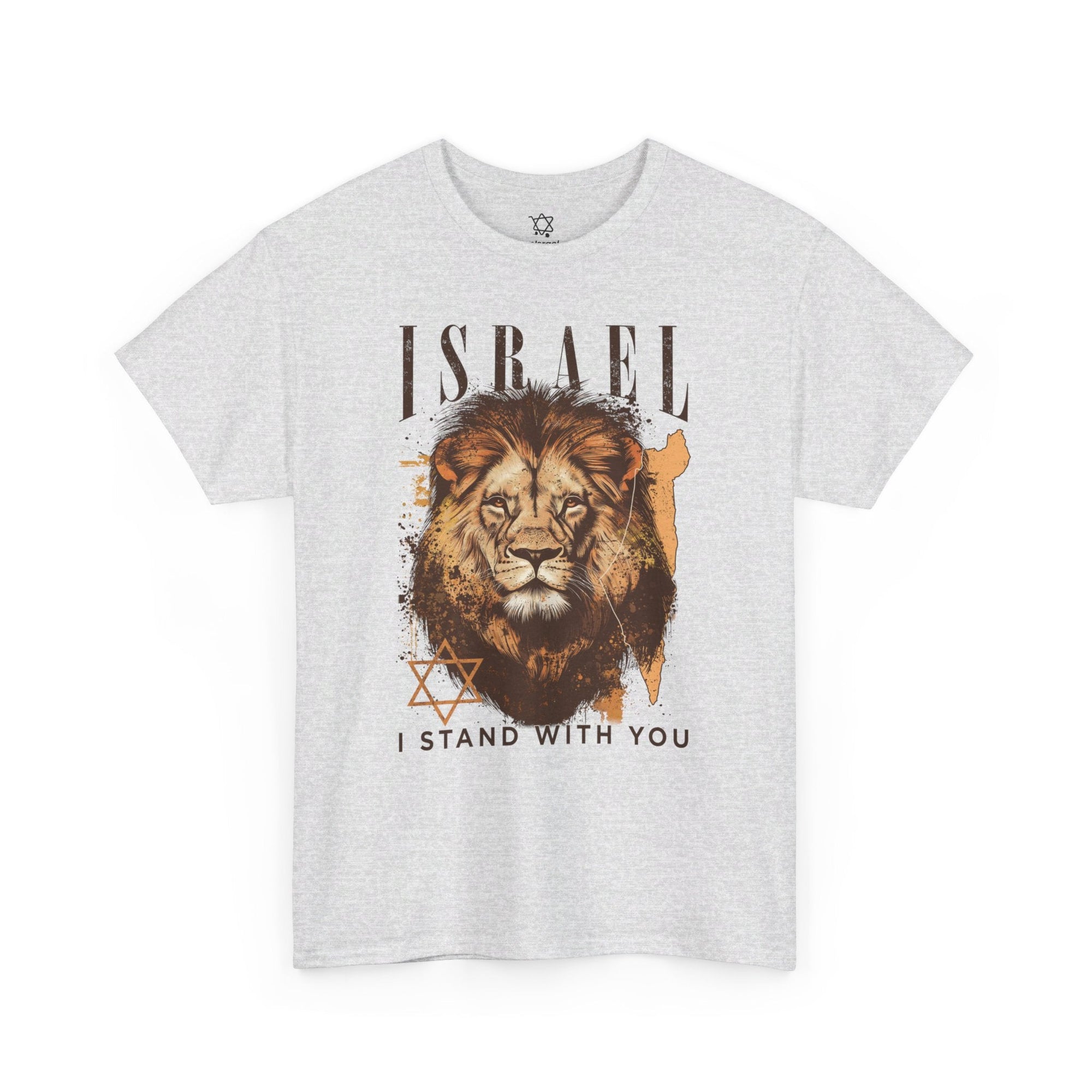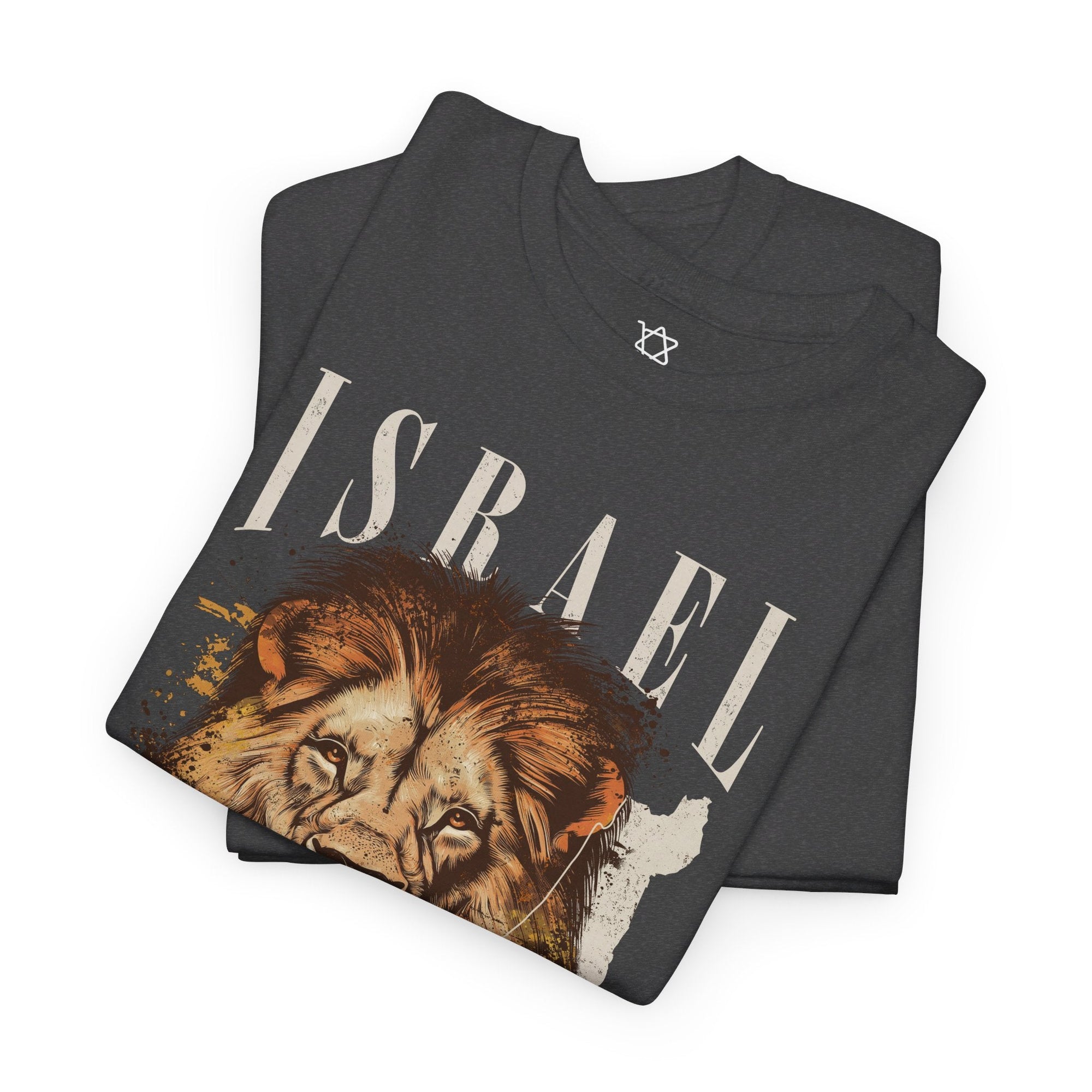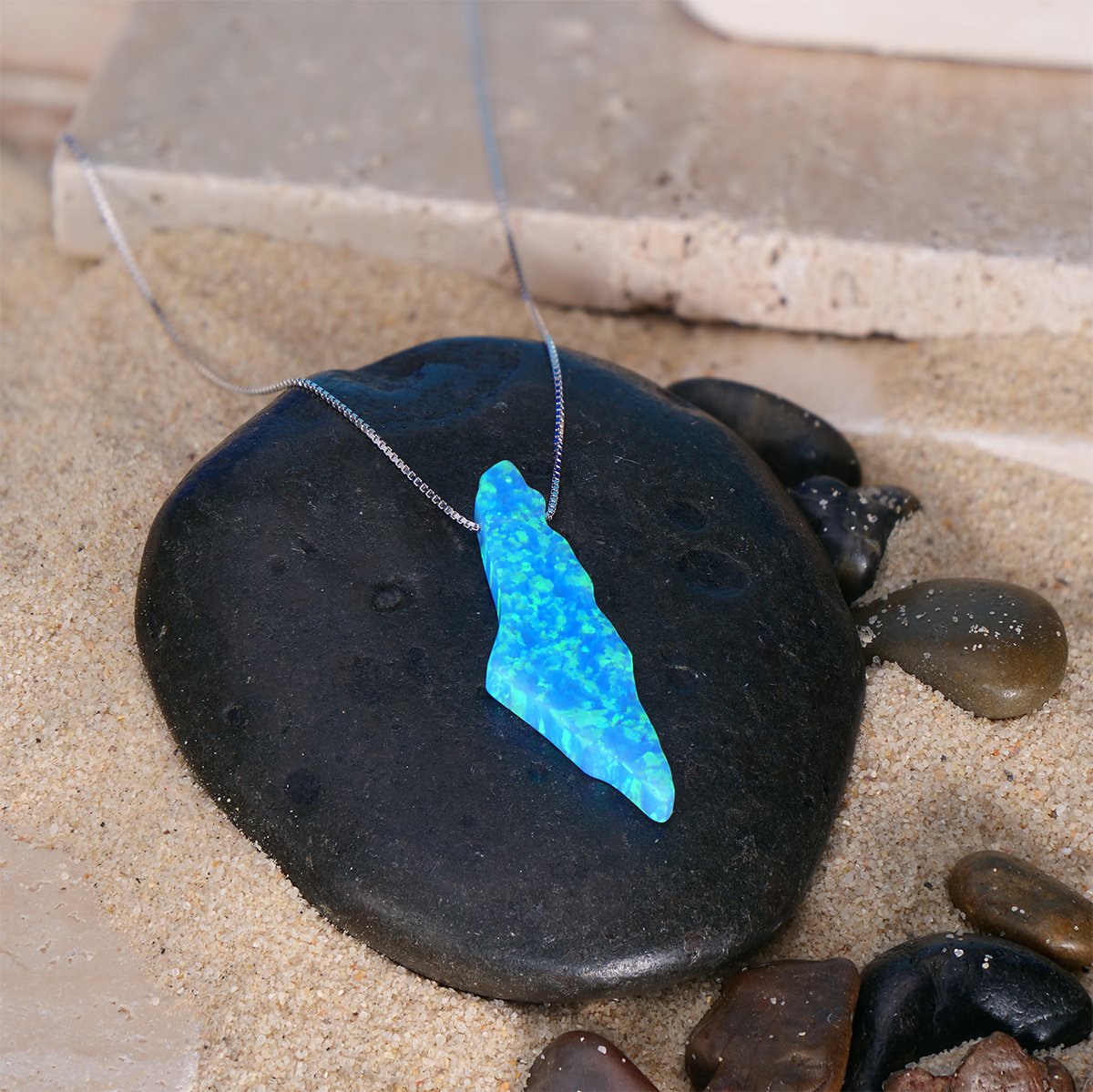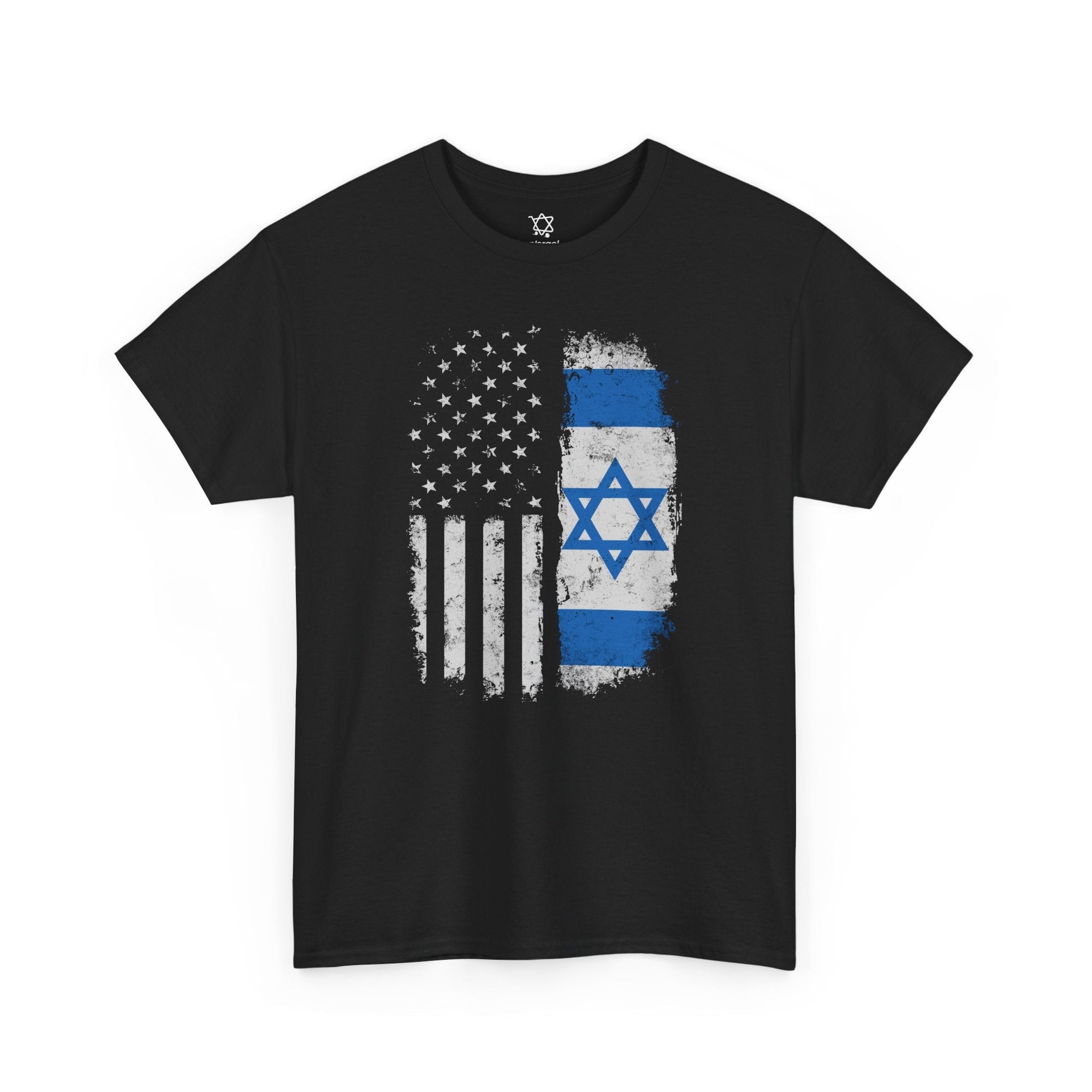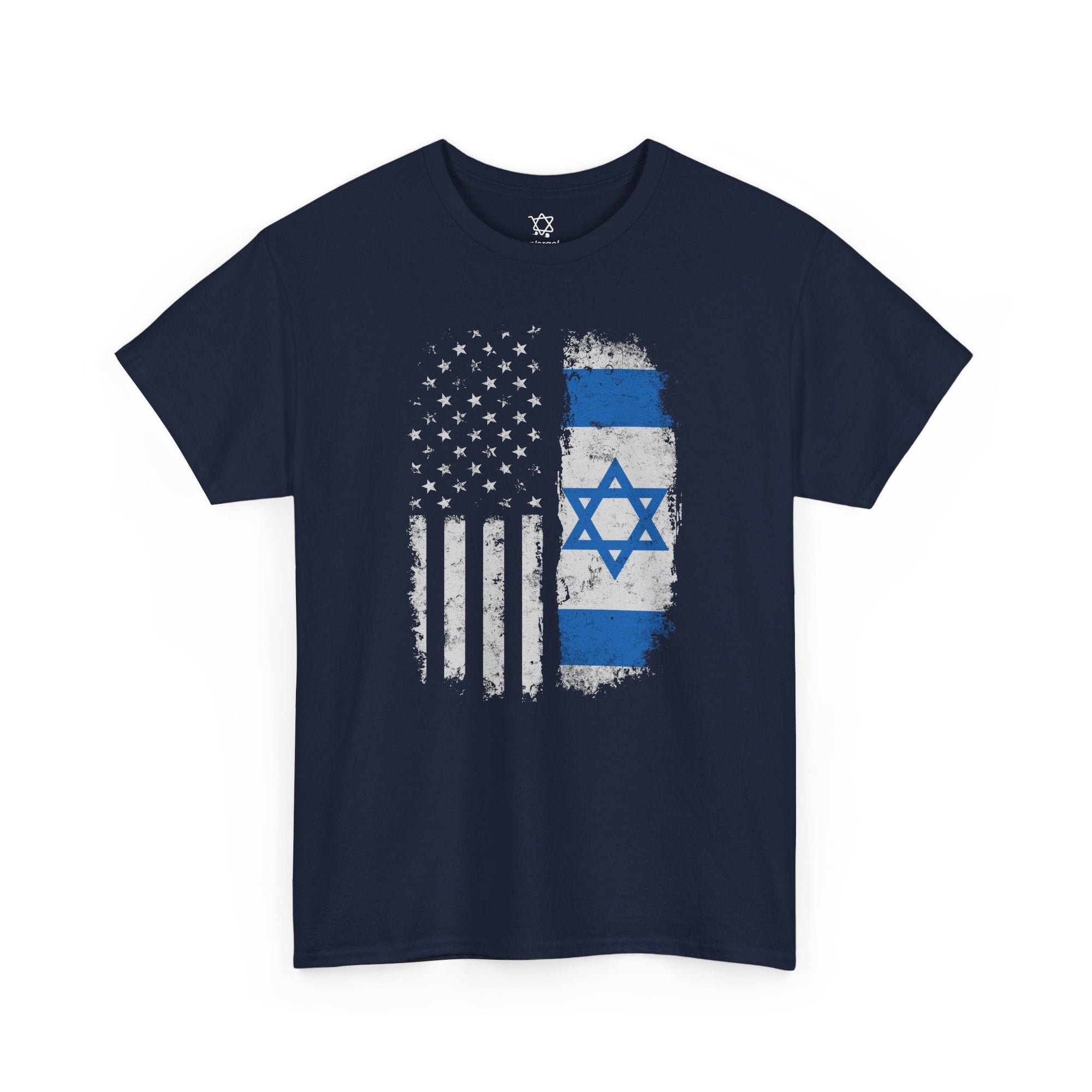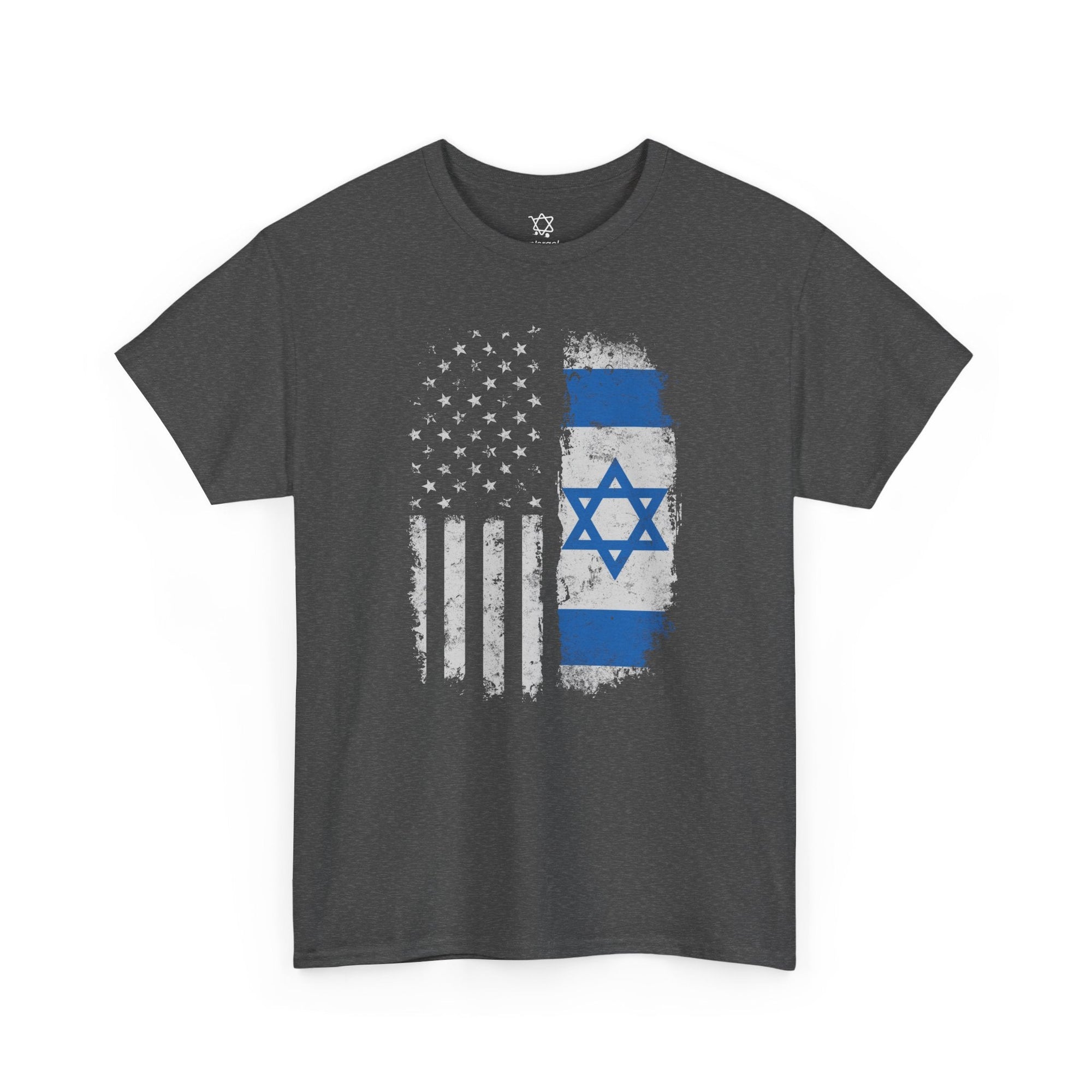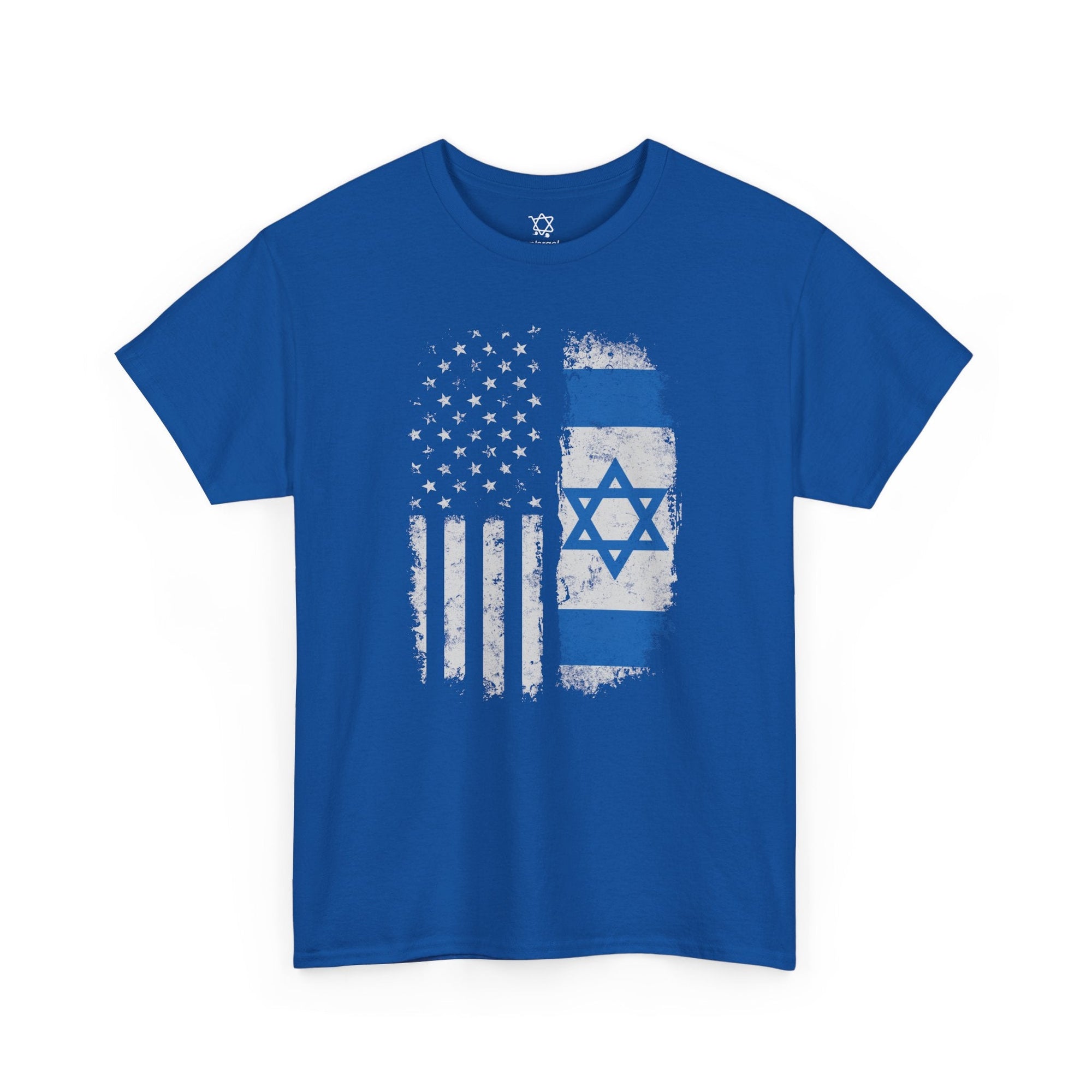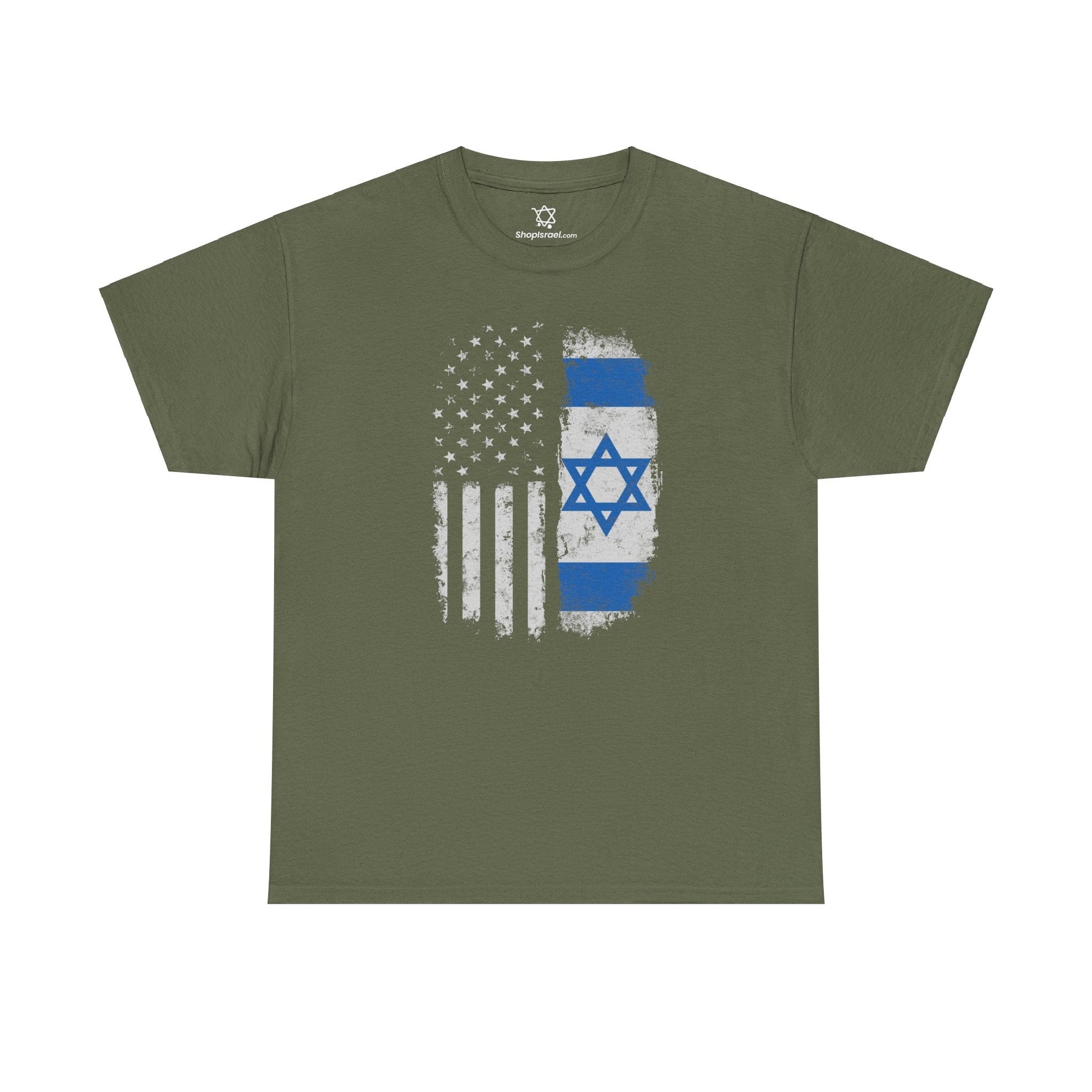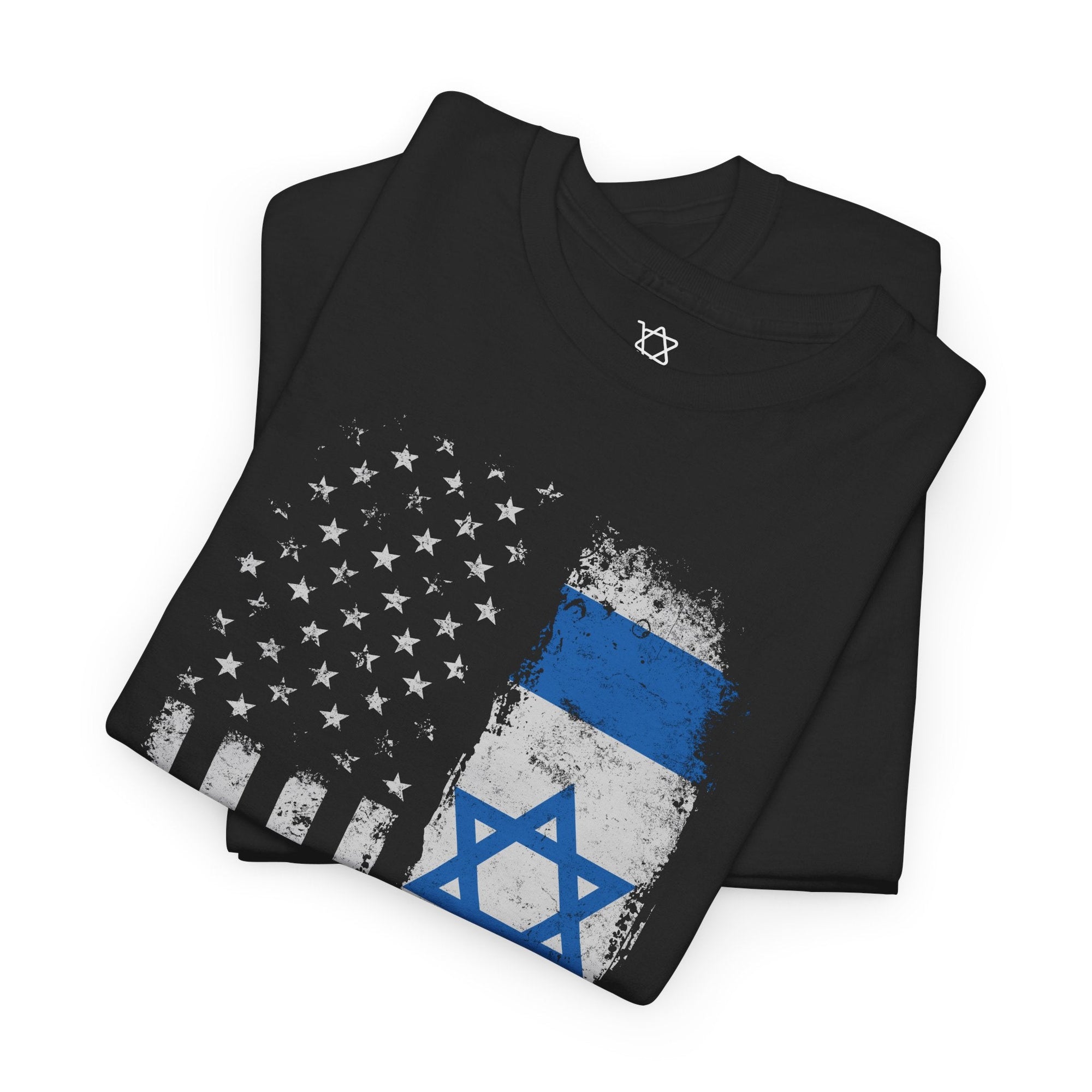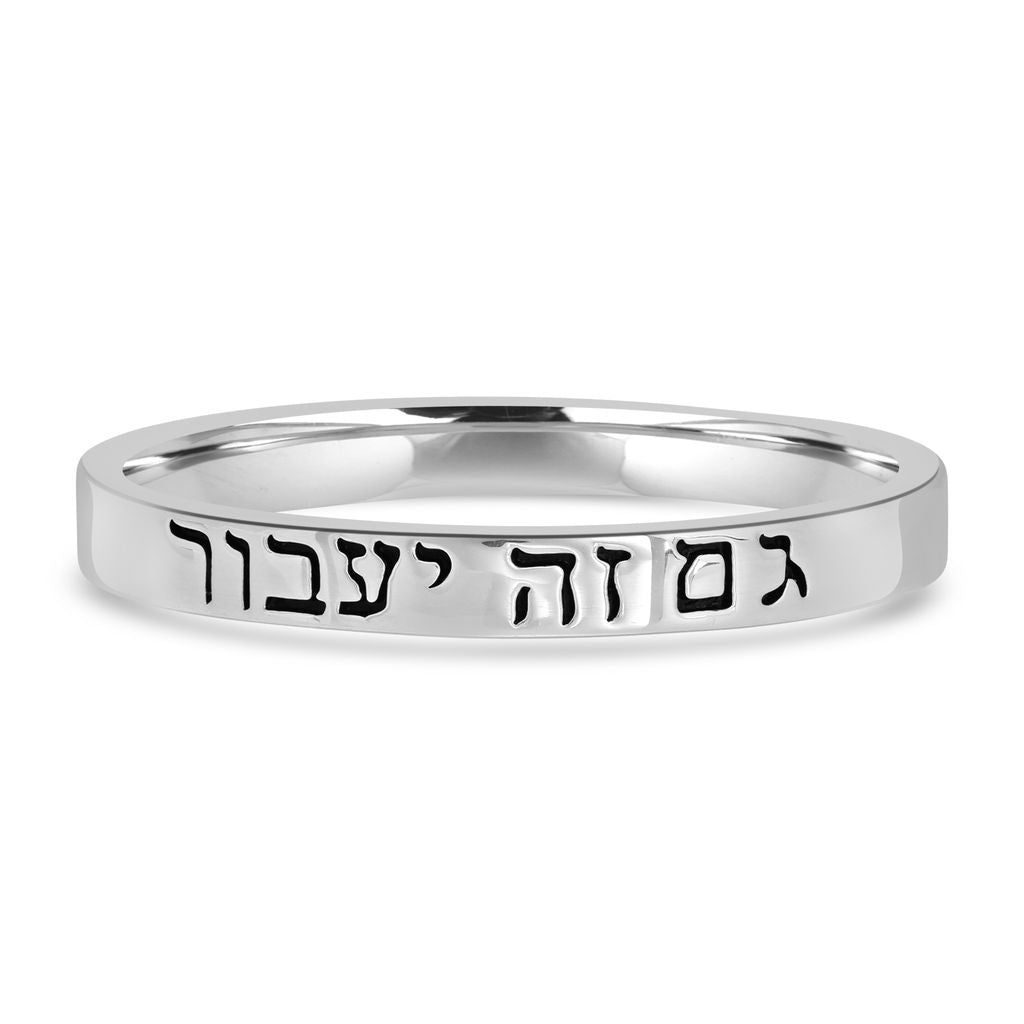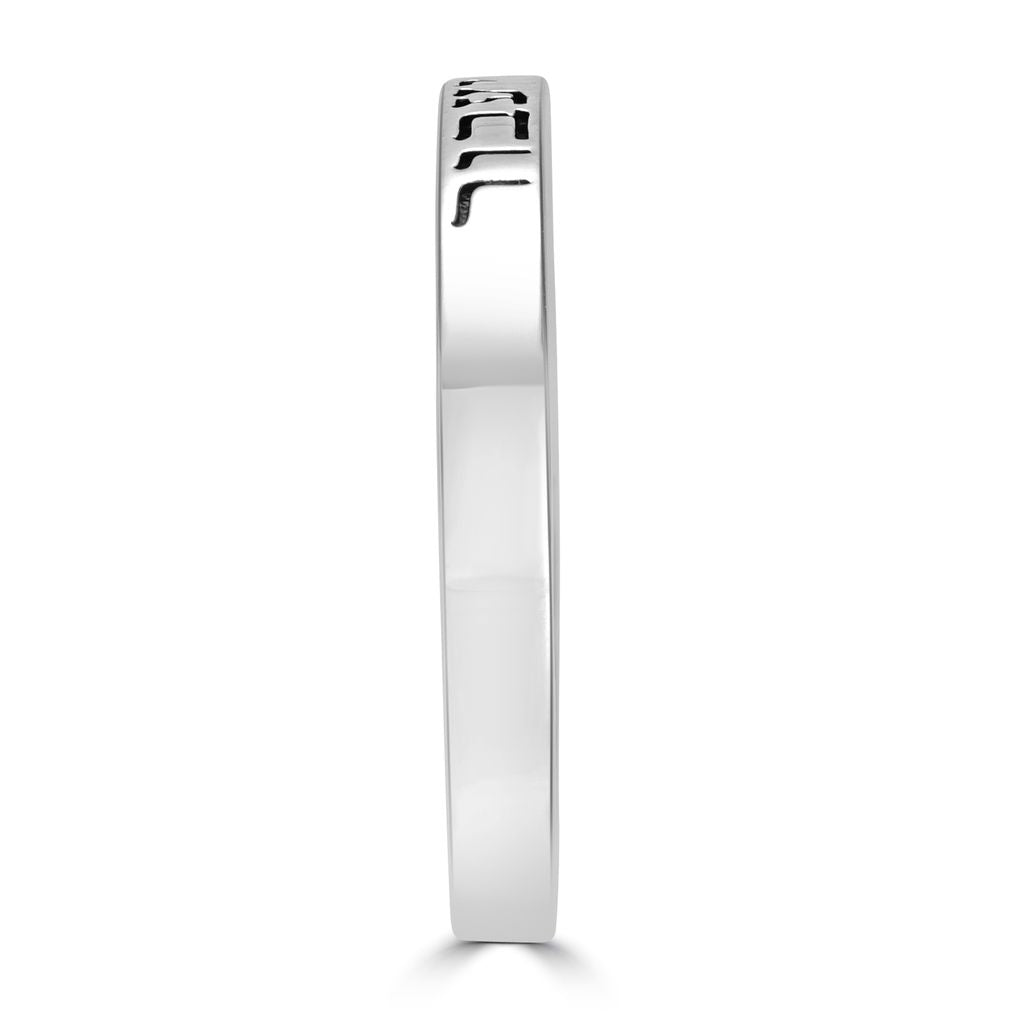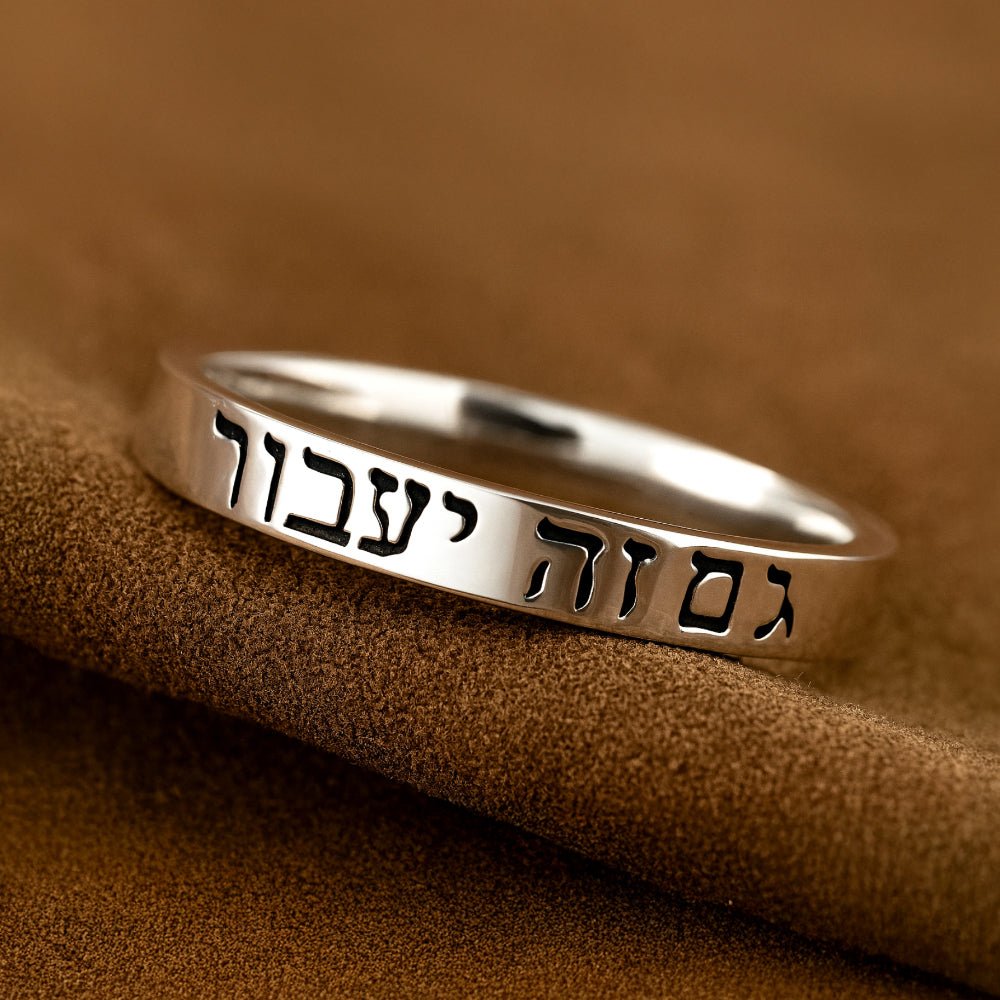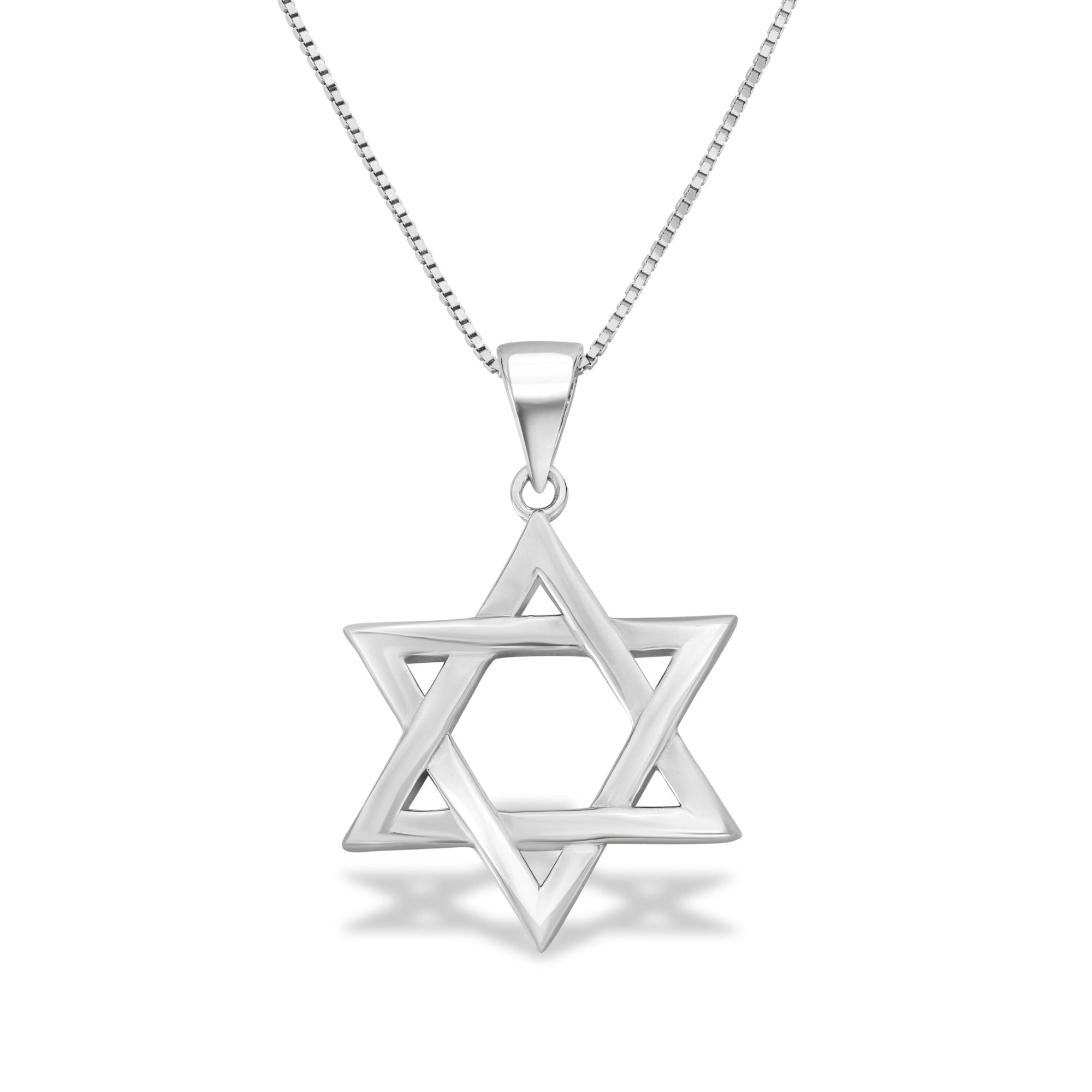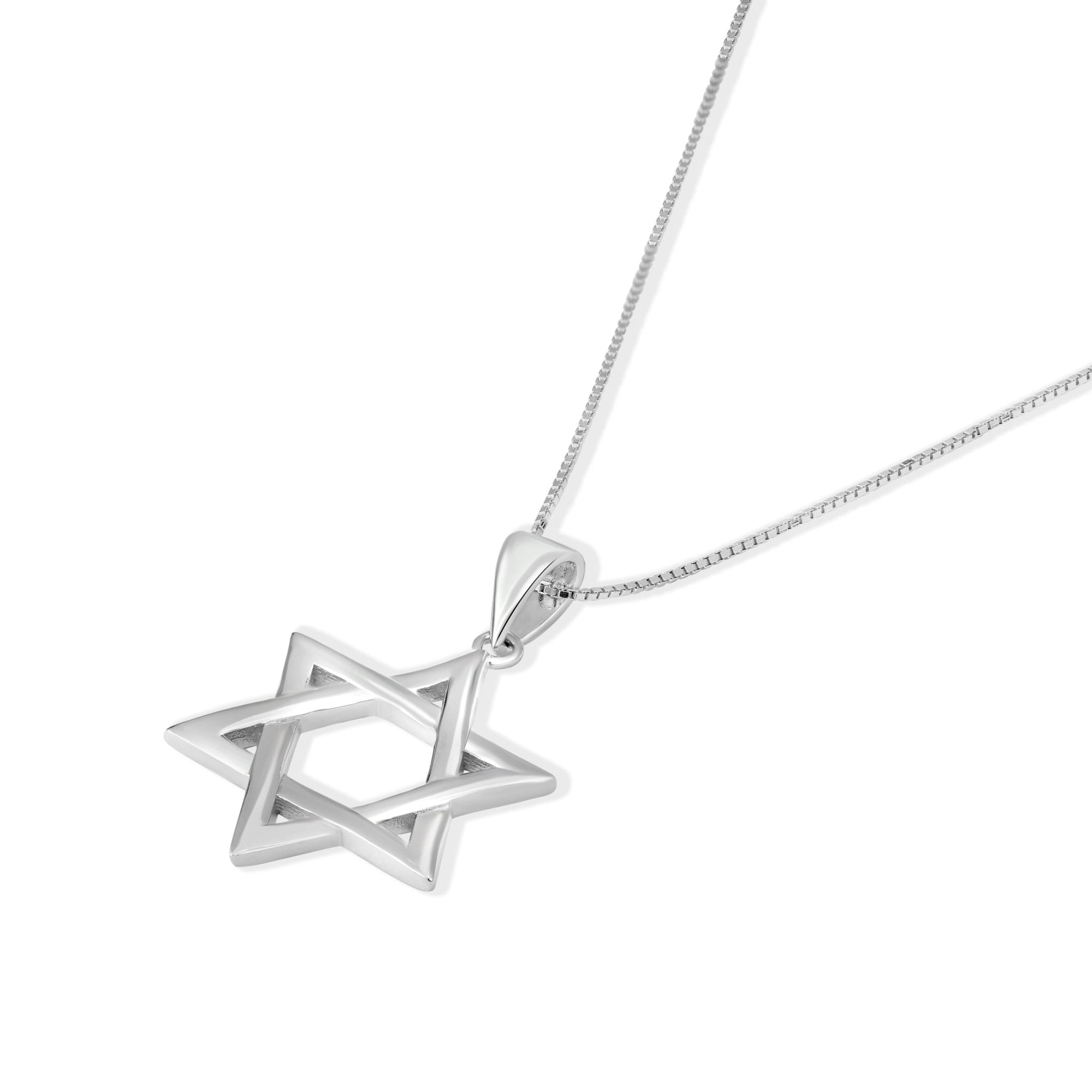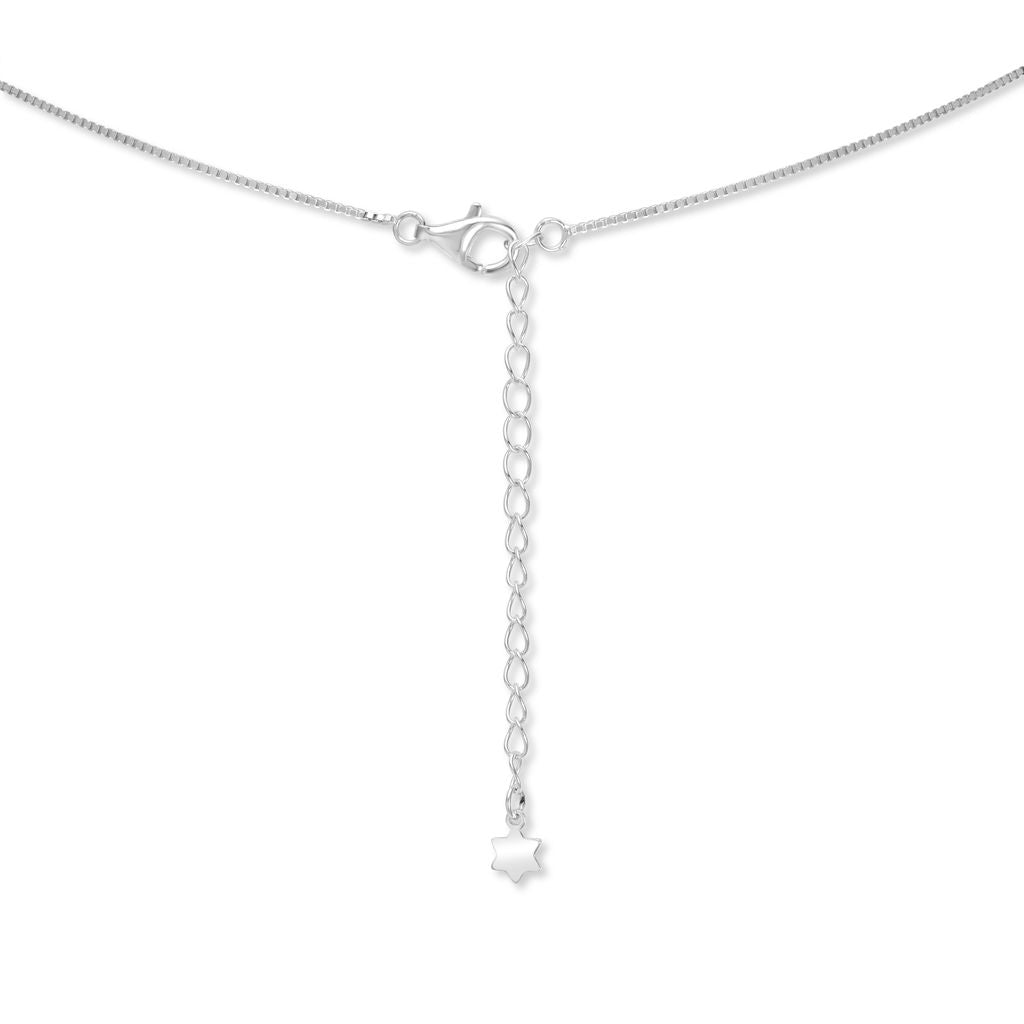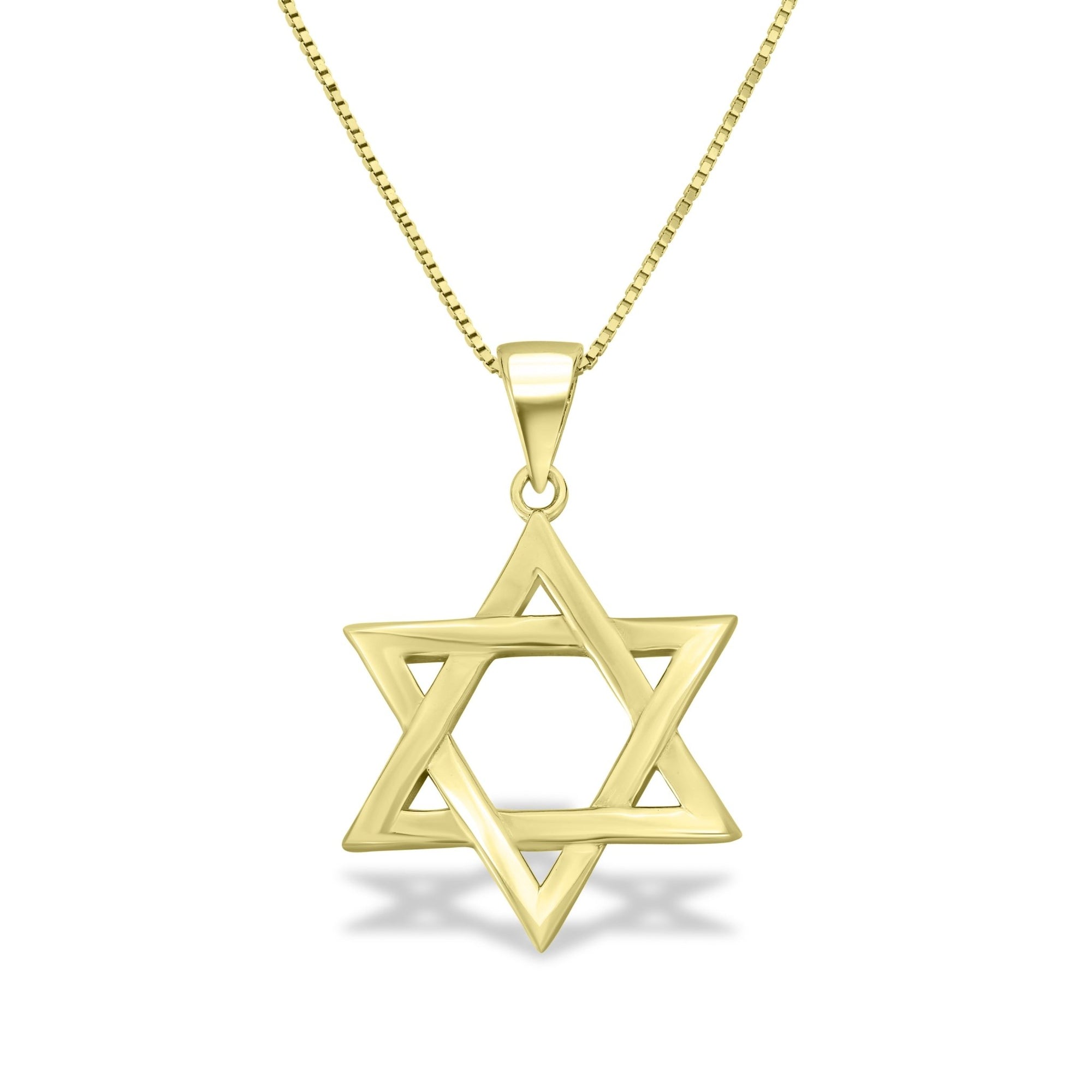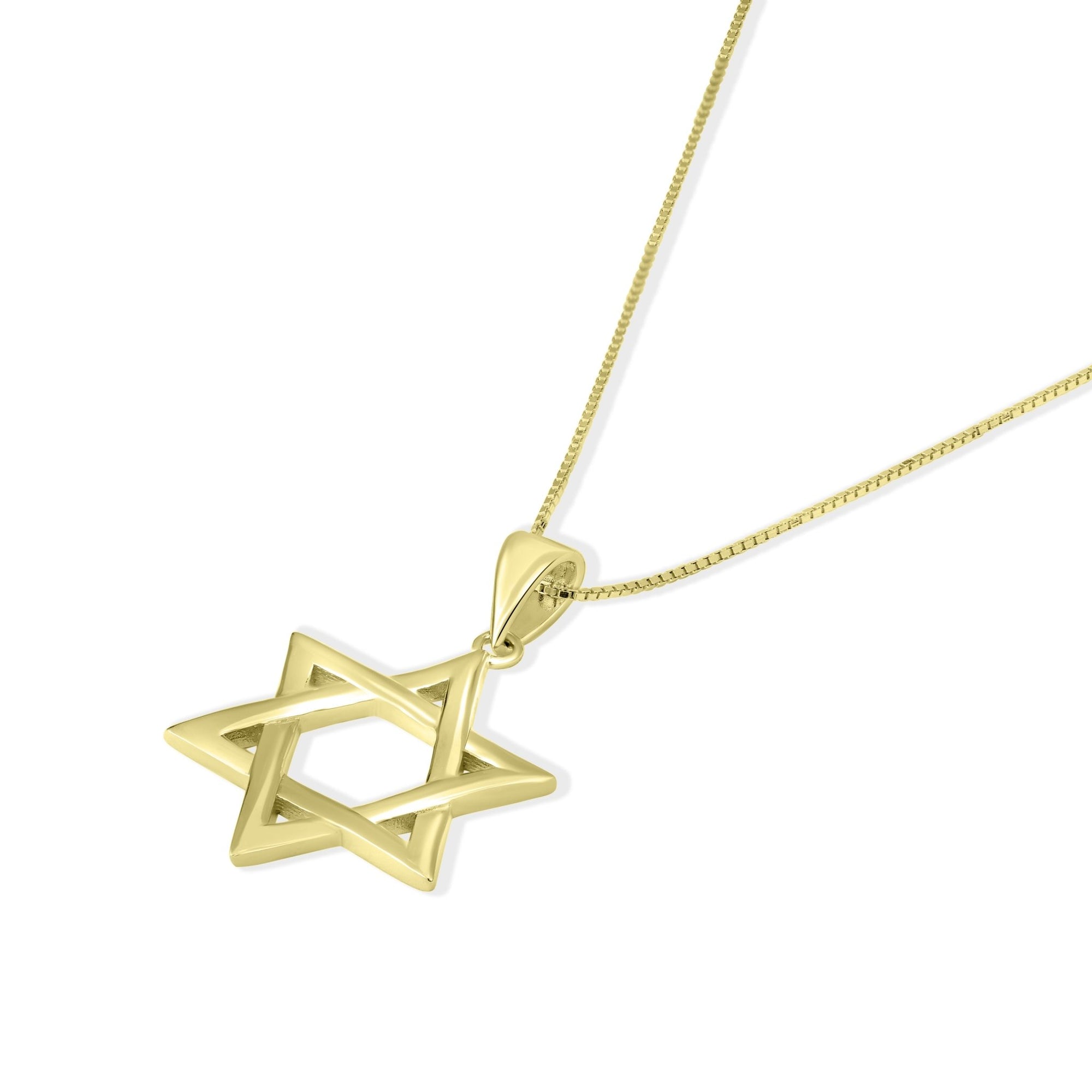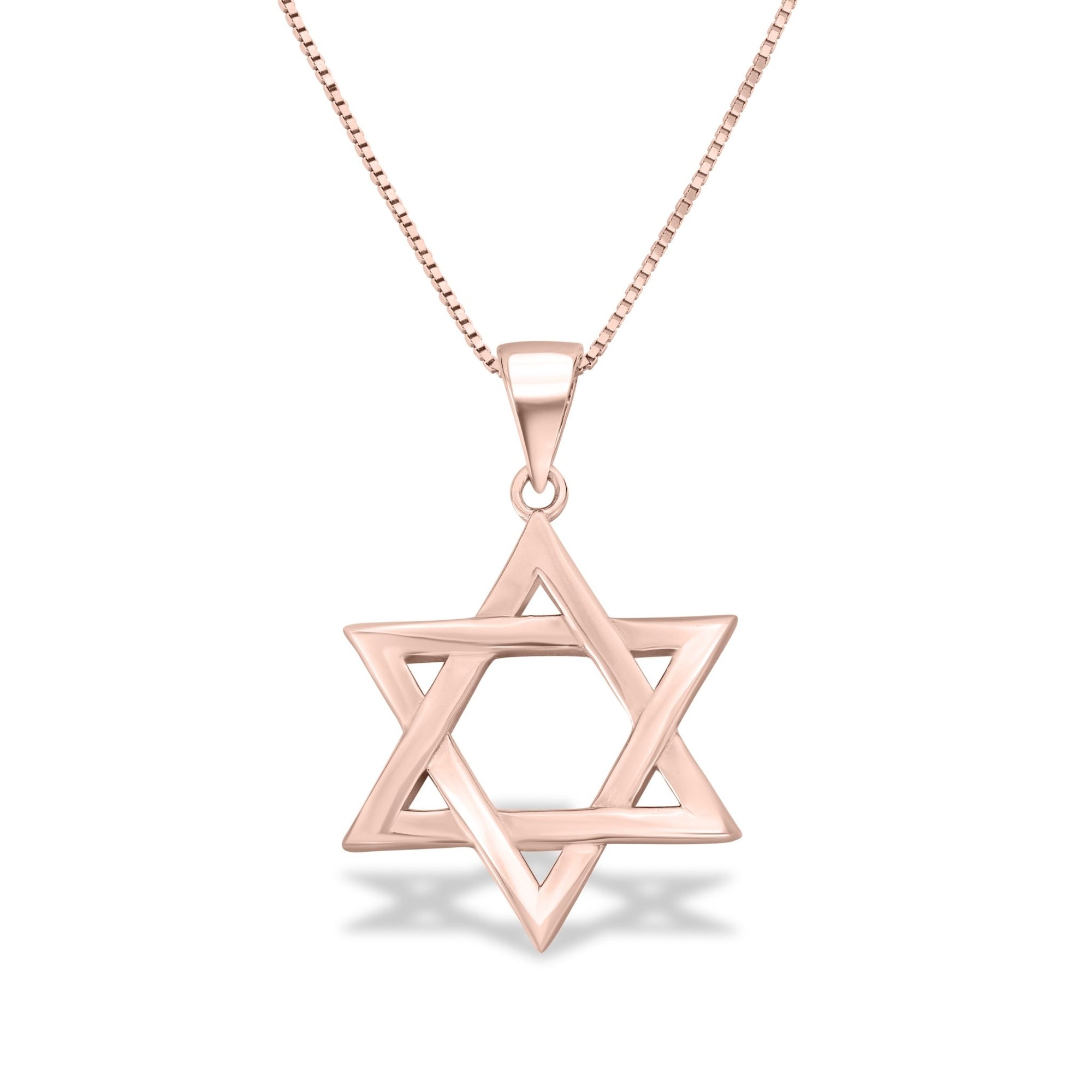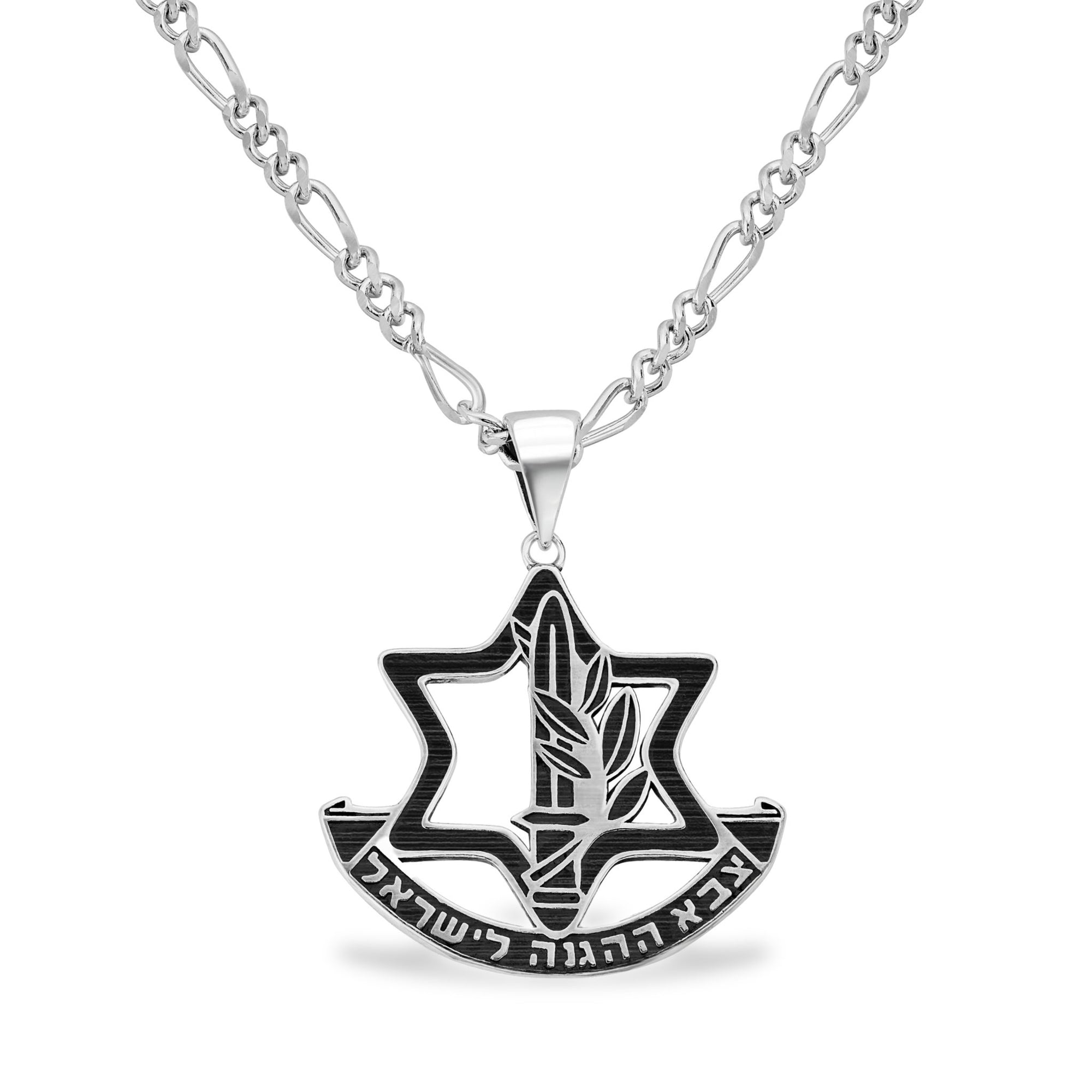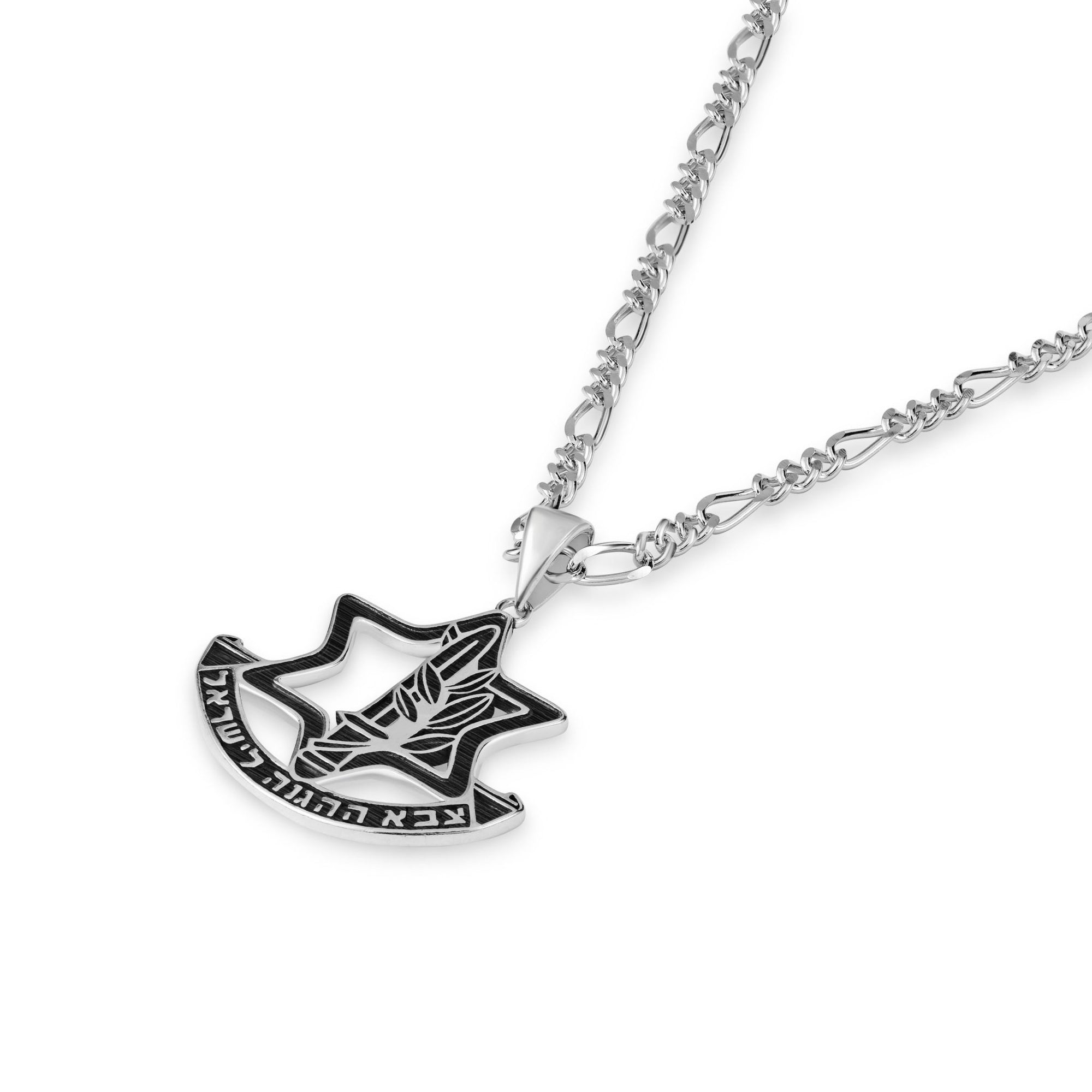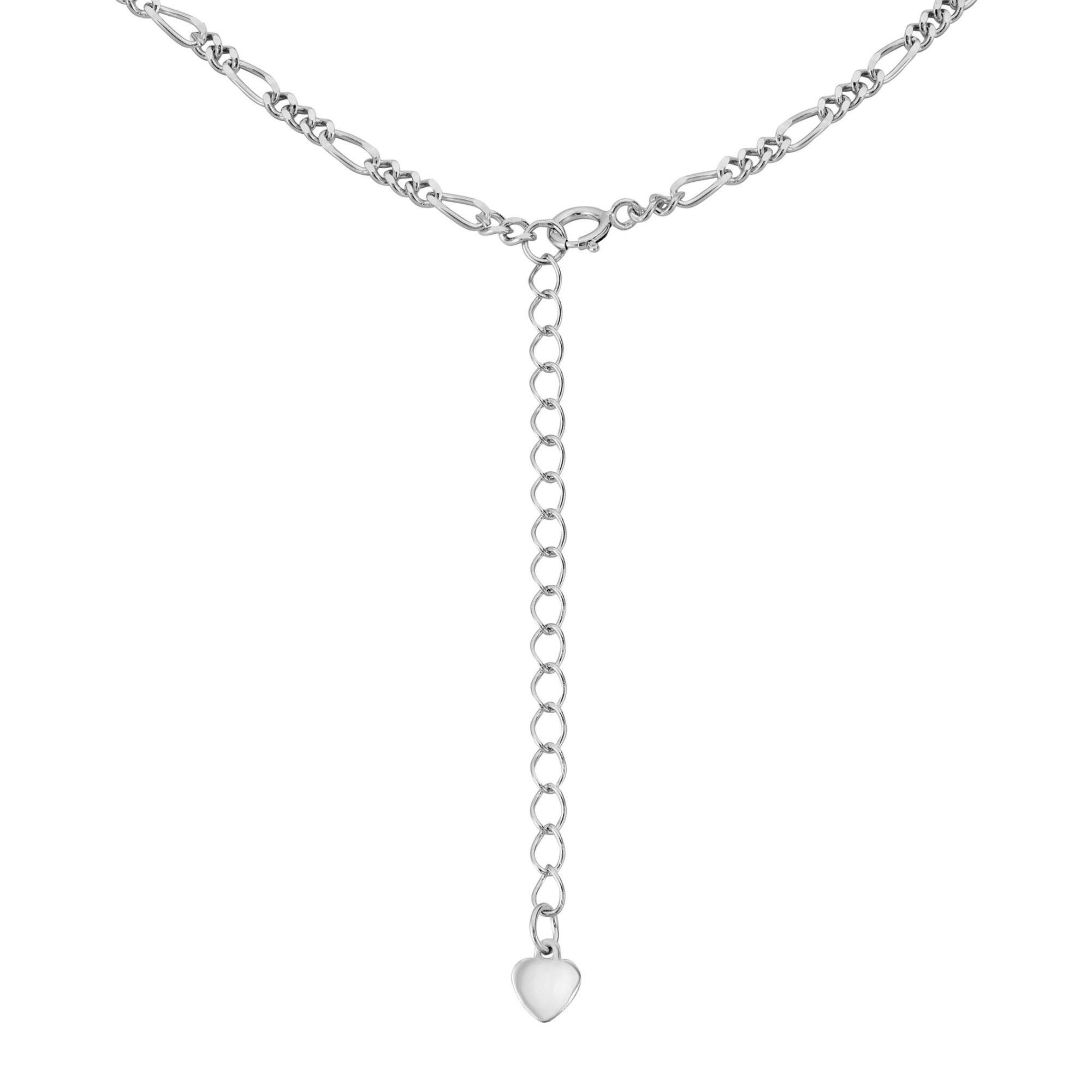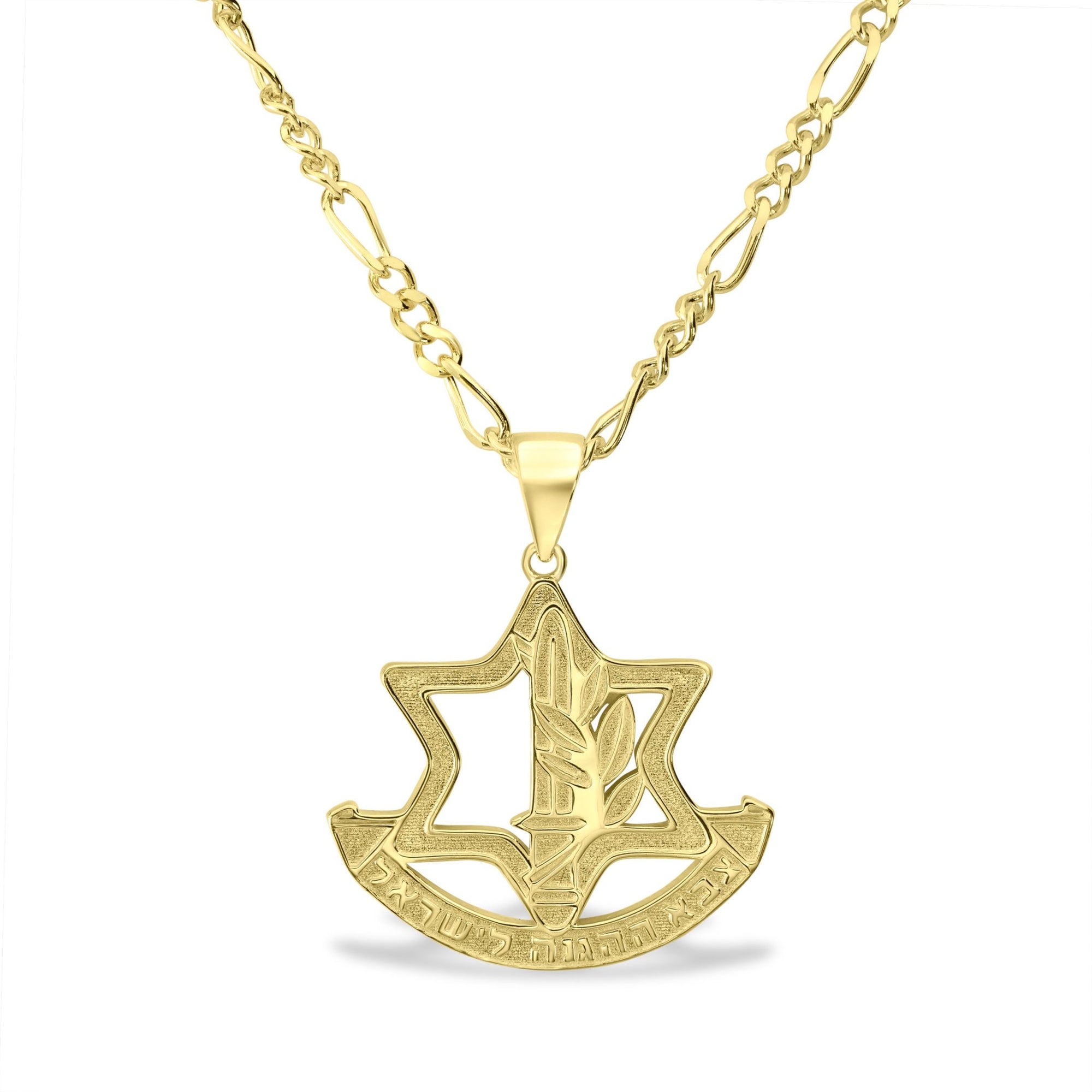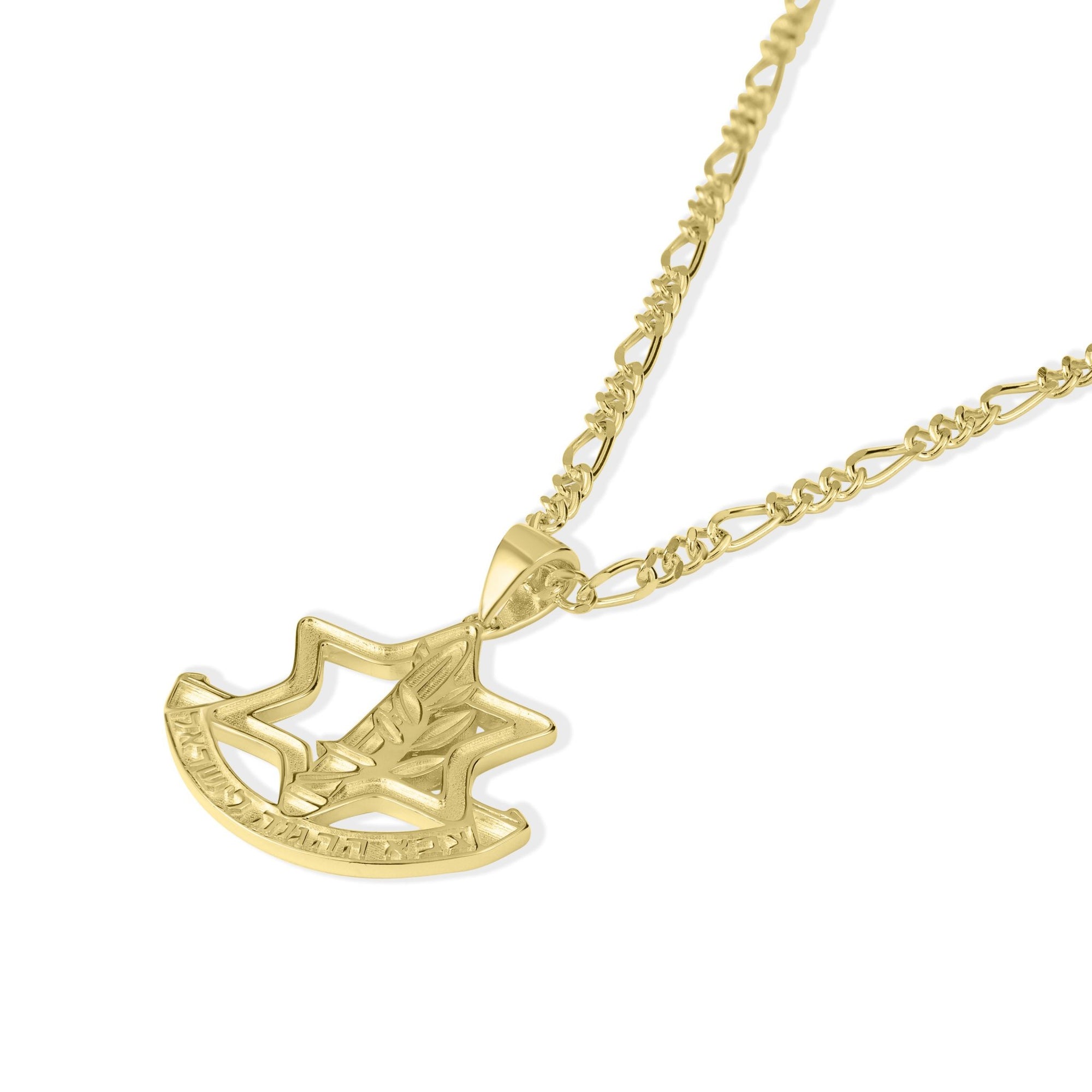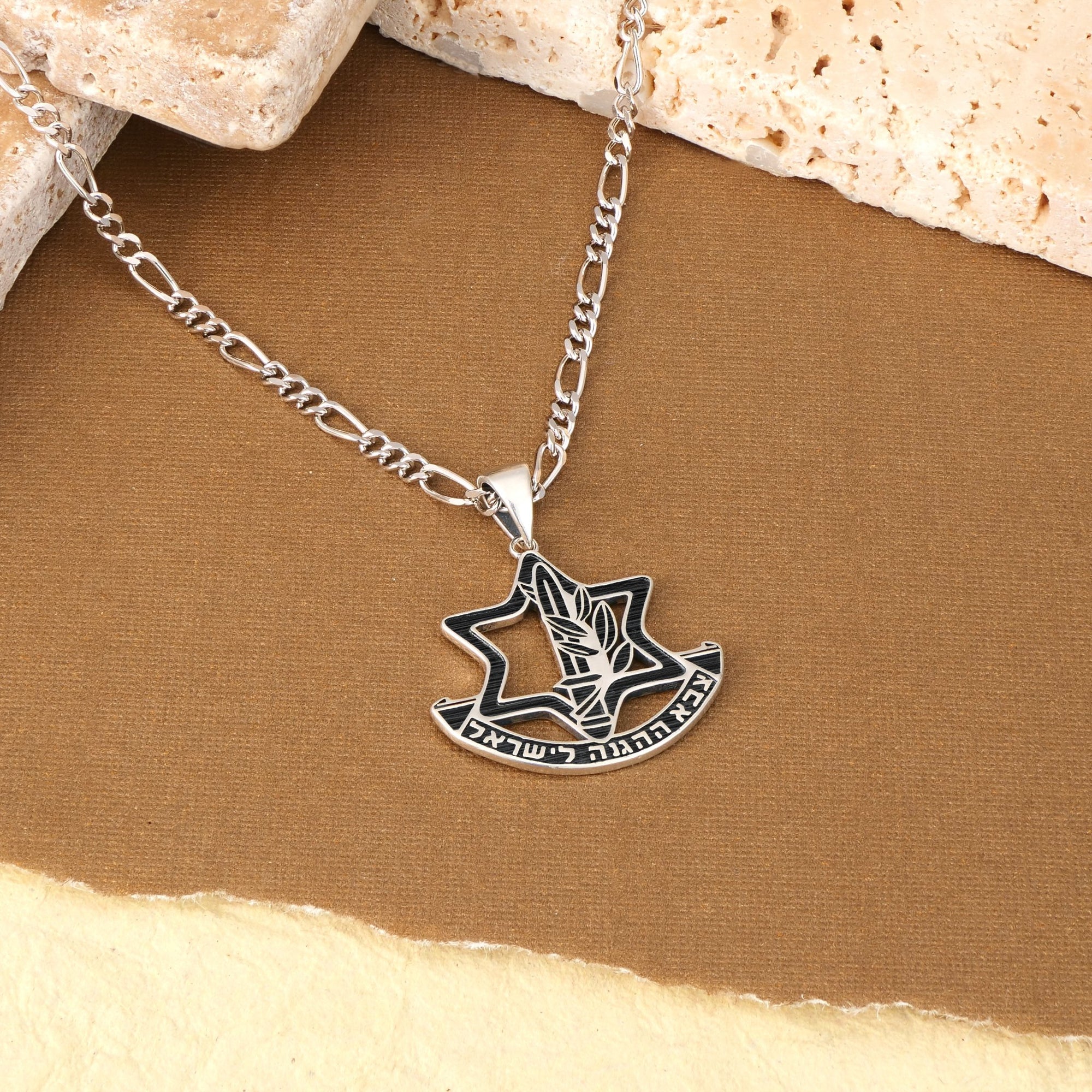Introduction to Israel's Jewelry Heritage
Israel's jewelry design is a captivating blend of ancient traditions, biblical symbolism, and modern creativity. Rooted in millennia of cultural influences—from Byzantine and Ottoman to Mediterranean and Jewish diasporic artistry—Israeli jewelry continues to evolve, intertwining historical motifs and contemporary techniques. This rich cultural tapestry not only reflects Israel's diverse heritage but also shapes a unique identity expressed through handcrafted pieces crafted with precision and meaning.
Historical Foundations and Symbolism in Israeli Jewelry
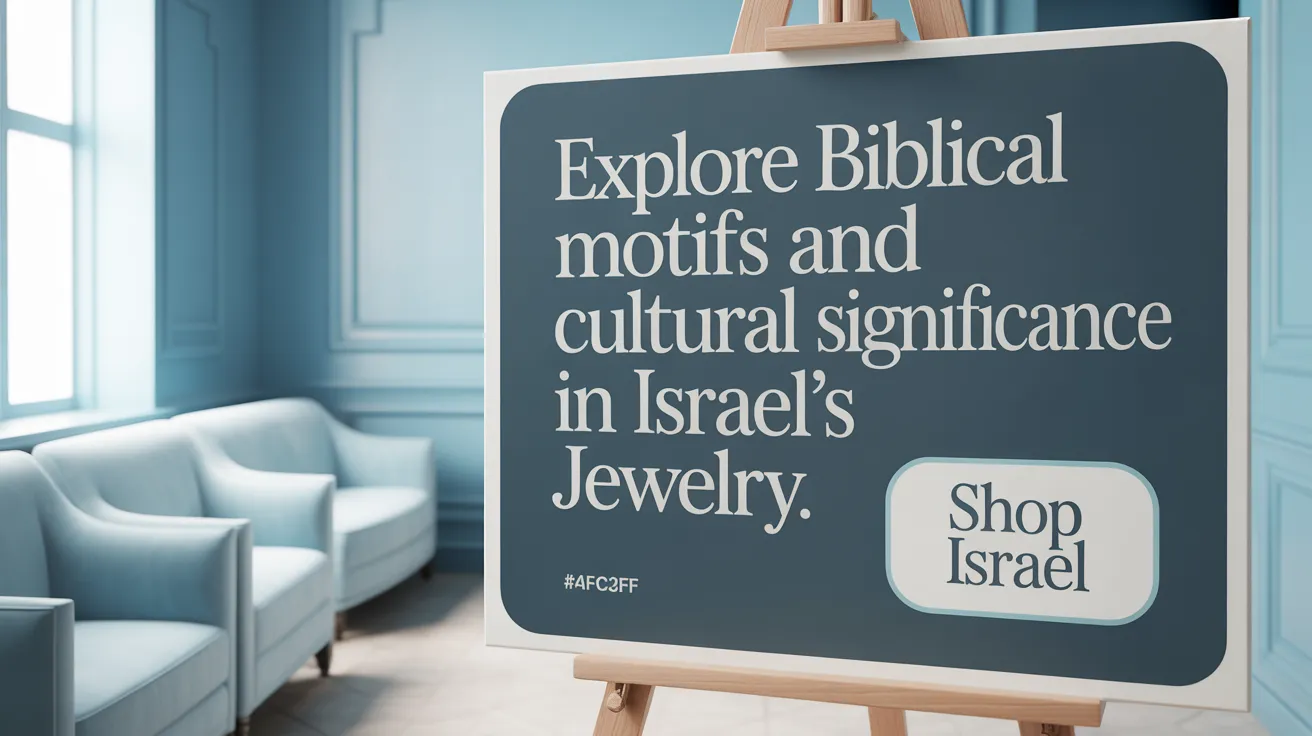
What historical and biblical symbols inspire Jewish and Israeli jewelry?
Jewish and Israeli jewelry is deeply rooted in ancient history and biblical tradition. Central symbols include the Star of David, known also as Magen David, which represents Jewish identity and divine protection. Another prevalent motif is the Hamsa, a hand symbol believed to shield against evil and negative energies.
Jewelry often incorporates the Chai symbol, composed of Hebrew letters that signify "life," symbolizing blessings and good fortune, and the Mezuzah, inspired by the religious scroll placed on doorways as a spiritual reminder.
The biblical Choshen breastplate, adorned with twelve precious stones representing the tribes of Israel, is a profound emblem of divine authority and connection. Such motifs are woven into jewelry designs to express faith, heritage, and spirituality.
Which cultural motifs commonly appear in Israeli jewelry and what do they represent?
Motifs like olive branches and pomegranates, drawn from the local environment and biblical texts, are traditional markers of peace and fertility, respectively. The olive branch symbolizes harmony and reconciliation, while pomegranates—with their hundreds of seeds—signify abundance and divine blessing.
These symbols enrich Israeli handmade jewelry, reflecting nature's influence and religious heritage. They appear in detailed filigree work and hand engraving designs, linking artisanship with cultural stories passed through generations.
How do regional artistic traditions influence Israeli jewelry?
Israeli jewelry encompasses diverse regional styles shaped by the cultural richness of Sephardic, Ashkenazi, and Yemenite Jewish communities. Sephardic pieces often feature elaborate filigree and vibrant motifs like the pomegranate, influenced by Mediterranean and Spanish traditions. Ashkenazi designs commonly include inscriptions and gemstones within the Star of David, echoing European heritage.
Yemenite silversmithing is renowned for intricate filigree work, blending patterns inspired by Middle Eastern craftsmanship. These styles collectively infuse Israeli jewelry with historical depth and distinct artistic identity.
Israeli jewelry, both traditional and contemporary, harmonizes these symbols and cultural influences, creating pieces imbued with spiritual significance and connection to the ancient past.
Traditional Craftsmanship: Techniques and Materials
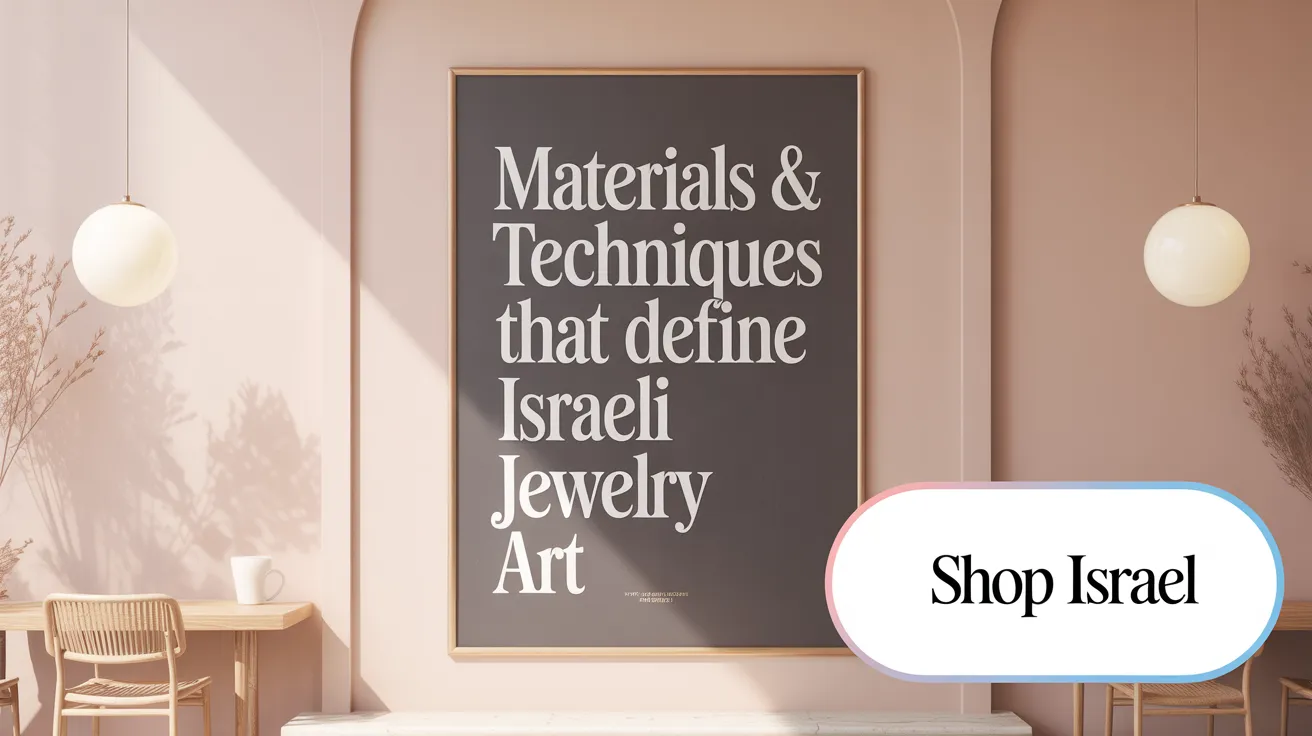
What traditional craftsmanship techniques are used in Israeli jewelry making?
Israeli jewelry artisans master several age-old crafting techniques that contribute to the unique beauty of their pieces. Among these, filigree work jewelry stands out as a delicate art involving the creation of intricate designs with fine threads of metal, usually gold or silver. Granulation jewelry, another ancient technique, involves decorating jewelry surfaces with tiny metal beads, adding texture and depth.
Hand engraving jewelry is also a pivotal technique, enabling jewelers to carve detailed patterns and symbols directly into the metal. These meticulous methods showcase the artistry passed down through generations.
What materials are commonly used in Israeli jewelry?
Precious metals such as gold and silver jewelry are staples in Israeli jewelry, prized for their luster and malleability. Semi-precious stones like turquoise jewelry and lapis lazuli jewelry enrich these creations with vibrant colors linked to the region’s history and geography. The locally famous Eilat stone is also widely employed, offering unique green-blue hues exclusive to Israel.
How does Yemenite silversmithing influence Israeli jewelry?
Yemenite silversmithing has greatly influenced Israeli jewelry craftsmanship, especially through their mastery of intricate filigree patterns. These patterns are characterized by detailed wirework forming cultural and symbolic motifs, reflecting the rich traditions of the Yemenite Jewish community.
What historical techniques inform contemporary Israeli jewelry?
Excavations in Jerusalem reveal jewelry dating back more than two millennia, such as a 2200-year-old gold earring crafted with expert filigree. These findings underscore a long-standing tradition of sophisticated metalwork that continues to inspire modern Israeli artisans. Contemporary jewelers seamlessly blend these historical techniques with modern aesthetics, creating pieces that honor the past while appealing to today's tastes.
Modern Israeli Jewelry: Innovation and Sustainability
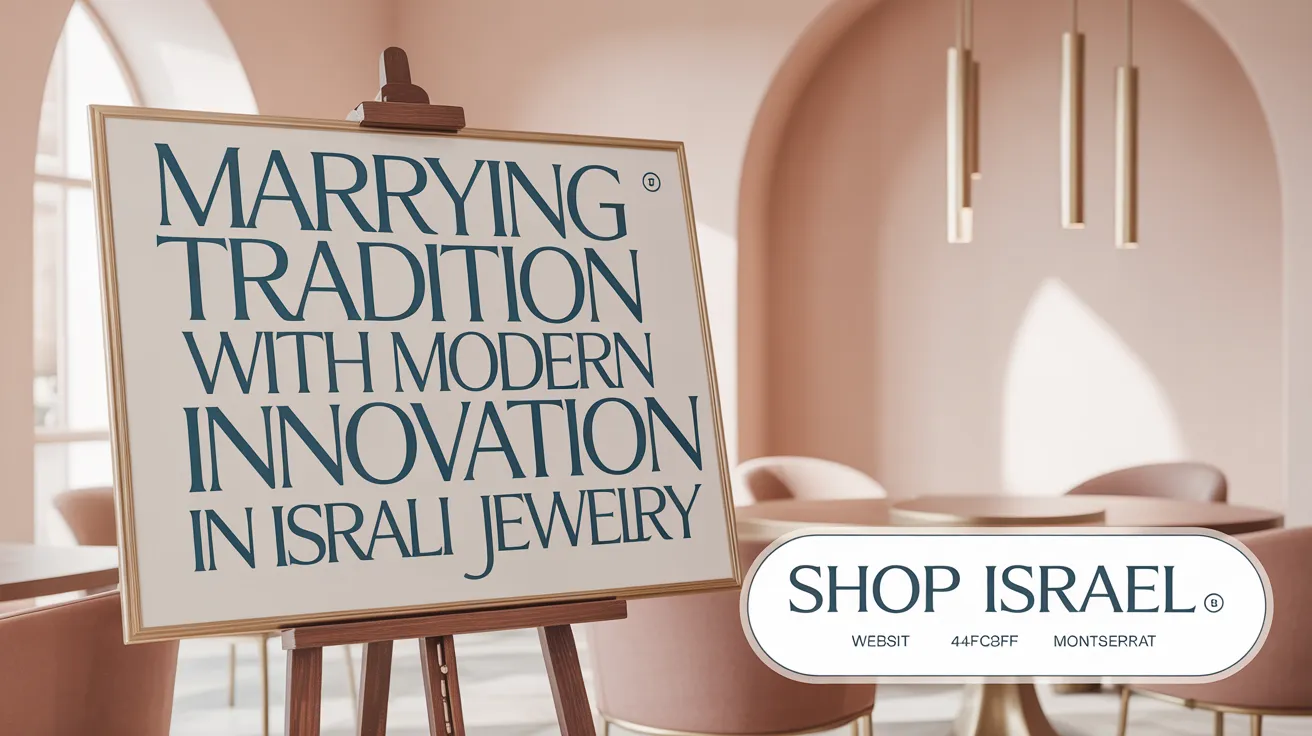
How do contemporary Israeli jewelers blend tradition with modern design and values?
Contemporary Israeli jewelers deftly intertwine age-old motifs with fresh, innovative aesthetics, establishing a unique identity that appeals worldwide. They often draw inspiration from traditional Jewish symbols such as the Star of David, Hamsa, and Chai, while blending these with modern design elements to create jewelry that is both meaningful and stylish.
Blending ancient motifs with modern aesthetics
Israeli designers infuse their work with rich cultural narratives through symbols and biblical motifs, yet present them in forms that resonate with modern consumers. This approach preserves historical significance while embracing contemporary tastes.
Commitment to sustainability and ethical sourcing
Many modern artisans prioritize environmental and social responsibility by using recycled precious metals like gold and silver. They also ensure stones and gems come from ethical sources. This reflects a growing awareness and dedication to sustainability within Israel's jewelry industry.
Integration of new materials
Innovative materials such as Roman glass – linked to Israel’s ancient heritage – and Jerusalem stones are increasingly incorporated into designs, offering unique textures and colors that enhance the jewelry’s cultural authenticity.
Leading companies and global reach
G.R.A.S., a pioneering company with over 30 years in Israel, embodies this blend of tradition and innovation. It produces handmade jewelry in Israel using sterling silver, gold, diamonds, and semi-precious stones, carefully combining ancient and modern aesthetics. The company’s extensive network of stores and broad product range enable Israeli jewelry to captivate an international audience.
Through this synthesis of heritage, modern design, sustainability, and quality craftsmanship, contemporary Israeli jewelry continues to flourish and inspire globally.
Cultural Identity and Symbolism in Jewelry's Role
What role does jewelry play in expressing Jewish cultural identity and heritage?
Jewelry holds a profound place in Jewish culture, serving as a tangible connection to faith, history, and tradition. Symbols like the Star of David, Hamsa, Chai, and Mezuzah are common motifs that carry spiritual protection and express Jewish identity visibly and personally.
Beyond symbolism, jewelry historically functioned as portable wealth and an emergency fund for Jewish communities facing persecution and exile, making it both a cultural artifact and a valuable asset. This aspect is well described in Jewish history of jewelry.
Jewish women have significantly shaped the jewelry landscape, with pioneers such as Nettie Rosenstein and modern designers like Dolly Cohen blending artistic innovation with cultural narratives. This creative influence strengthens jewelry’s role as a carrier of heritage, highlighted in Jewish women pioneers in jewelry design.
Jewelry also plays an essential role in life’s milestones; for example, wedding rings in Jewish tradition are simple bands representing eternal love and commitment, linking individual stories to collective heritage, as explored in rings from Israel symbolizing love through ancient tradition and modern craftsmanship.
Through these layers—spiritual, historical, personal, and artistic—Jewelry in Jewish culture acts as a vibrant expression of identity and continuity across generations.
Unique Israeli Inspirations: Jerusalem Stones and National Symbols
How do natural and national symbols influence Israeli jewelry design?
Jewelry made in Israel often tells the story of the land and its history through natural and cultural symbols. Jerusalem stones, gathered from the ancient buildings of the Old City, are invaluable materials for artisans. These stones embody the city’s resilience and deep past, turning each crafted piece into a narrative of heritage and endurance.
Israeli designers incorporate iconic symbols such as the Menorah, representing light and divine wisdom; the Star of David, symbolizing Jewish identity and protection; and the Tree of Life, conveying growth and spiritual strength. Another meaningful emblem is the Sabra fruit, known for its prickly exterior and sweet interior, mirroring the Israeli spirit of toughness with warmth.
Jewish symbols have surged in popularity, blending spiritual significance with modern fashion trends. Items featuring the Hamsa hand, Chai symbol, and Mezuzah not only serve as talismans but also as stylish expressions of faith and culture.
Together, these elements make Israeli jewelry much more than decorative items—they become wearable legends, capturing the essence of place, tradition, and identity. As artistic narratives, they connect those who wear them to Israel’s storied landscape and its vibrant cultural mosaic.
Conclusion: A Living Tradition of Cultural Expression
Israeli jewelry is far more than ornamental art—it is a testament to the country's complex cultural heritage, its spiritual traditions, and its innovative spirit. From ancient biblical motifs and meticulous traditional craftsmanship to sustainable modern designs and national symbolism, these pieces embody stories of resilience, identity, and continuity. Artists and jewelers continue to celebrate and reinterpret Israel’s rich cultural legacy, crafting jewelry that is treasured not only as accessories but also as meaningful expressions of history and faith.
